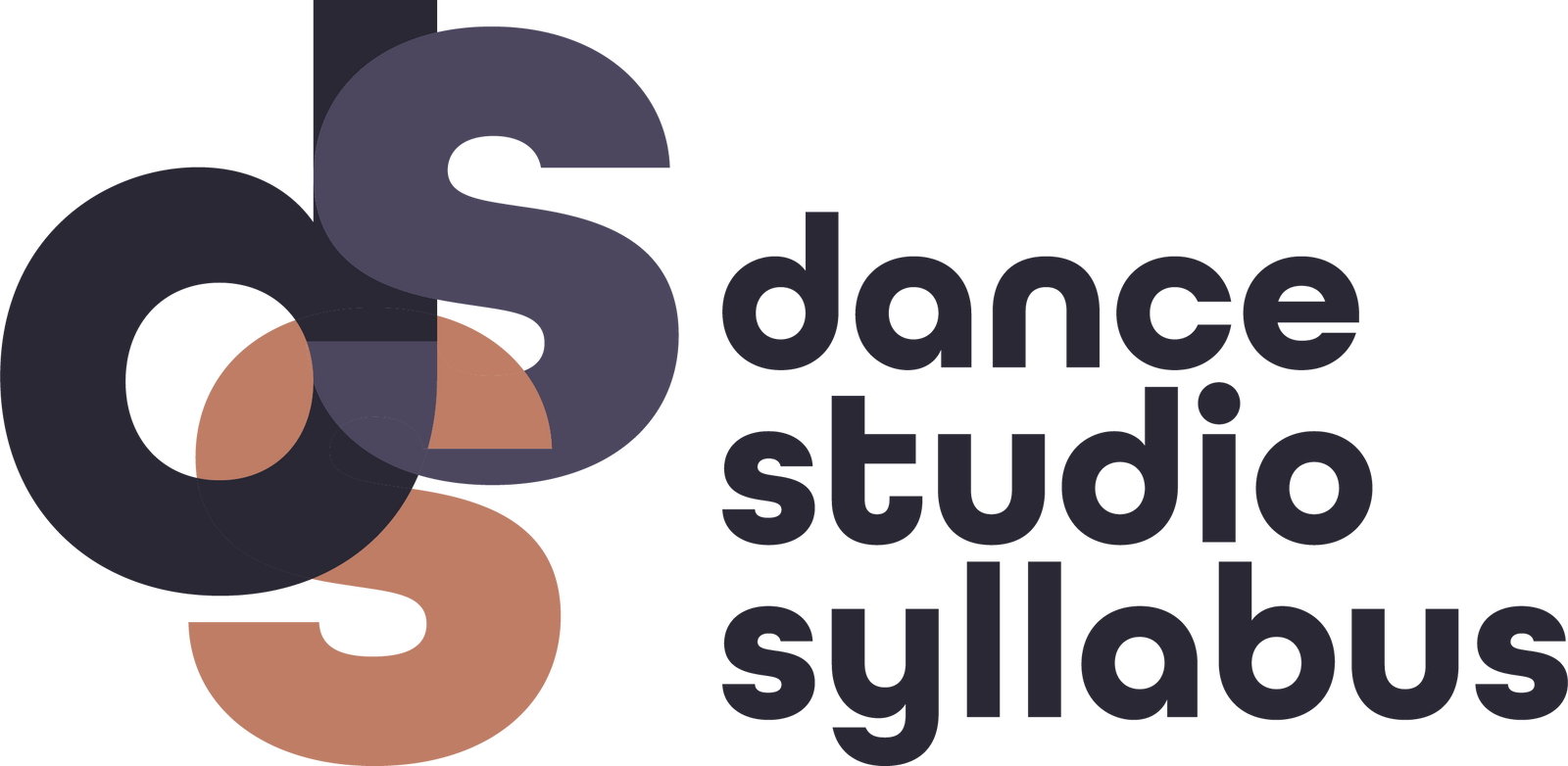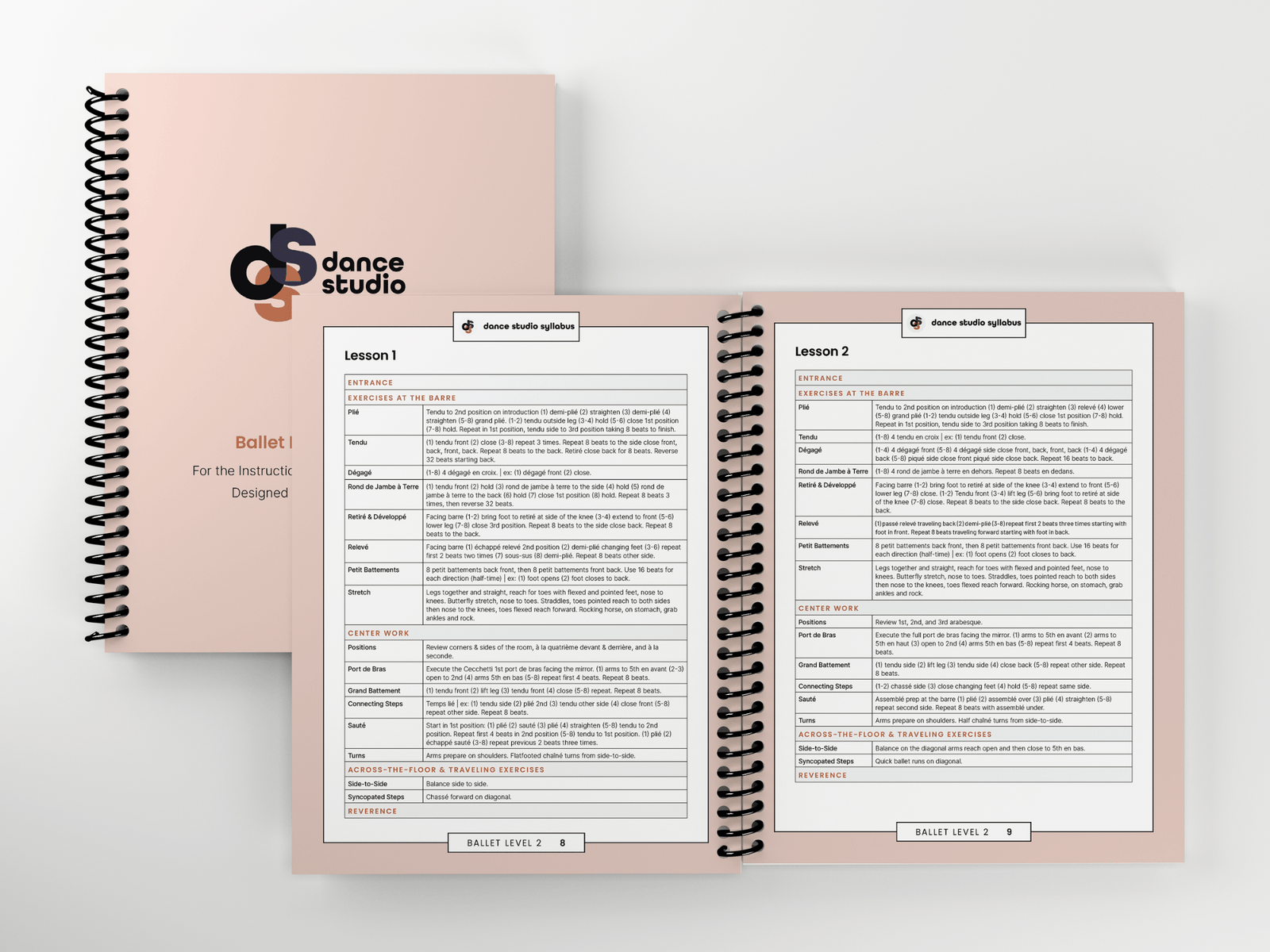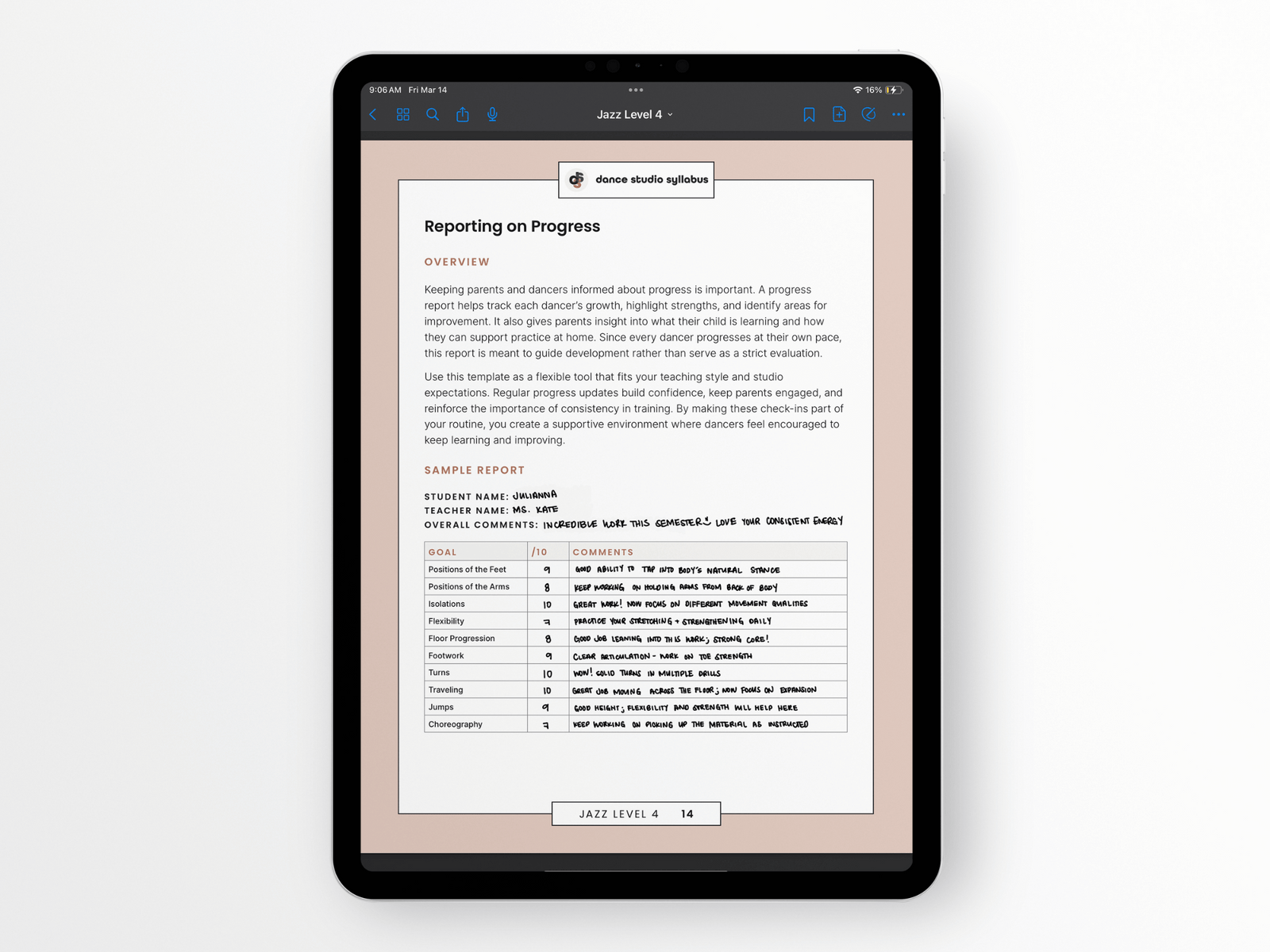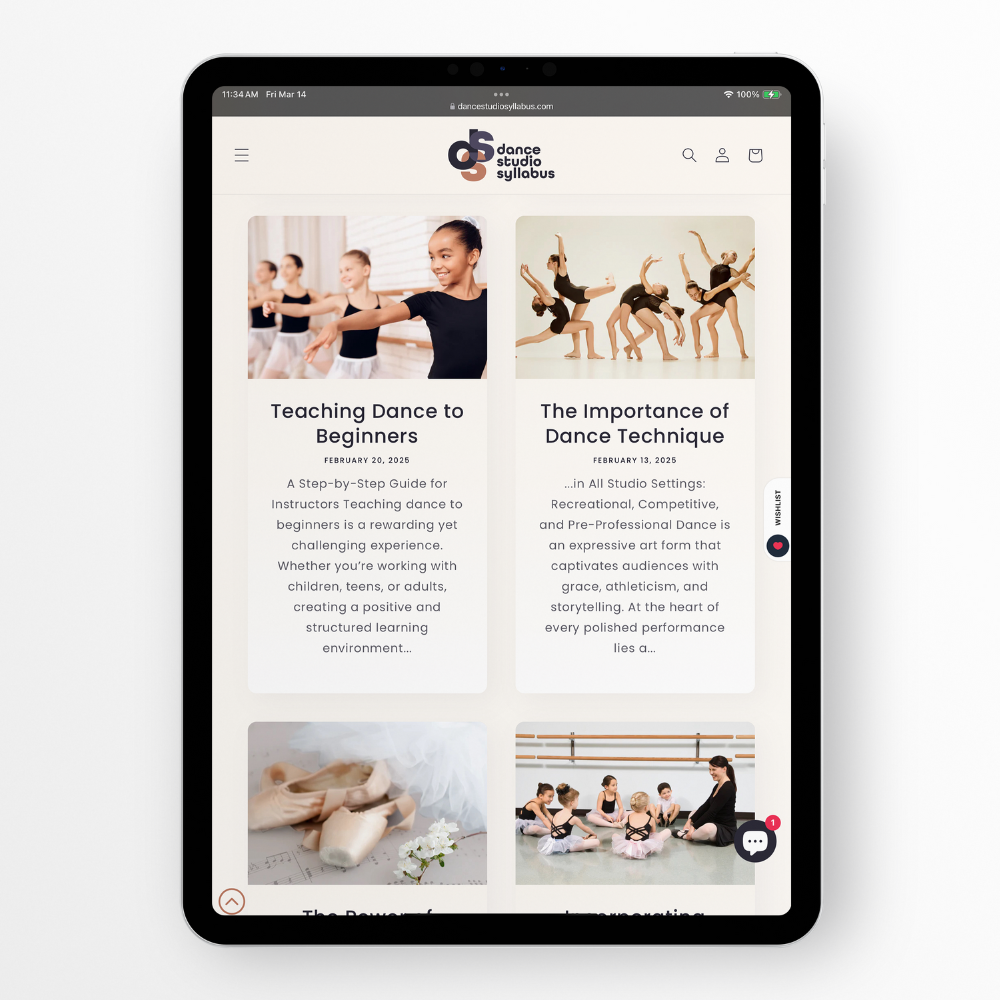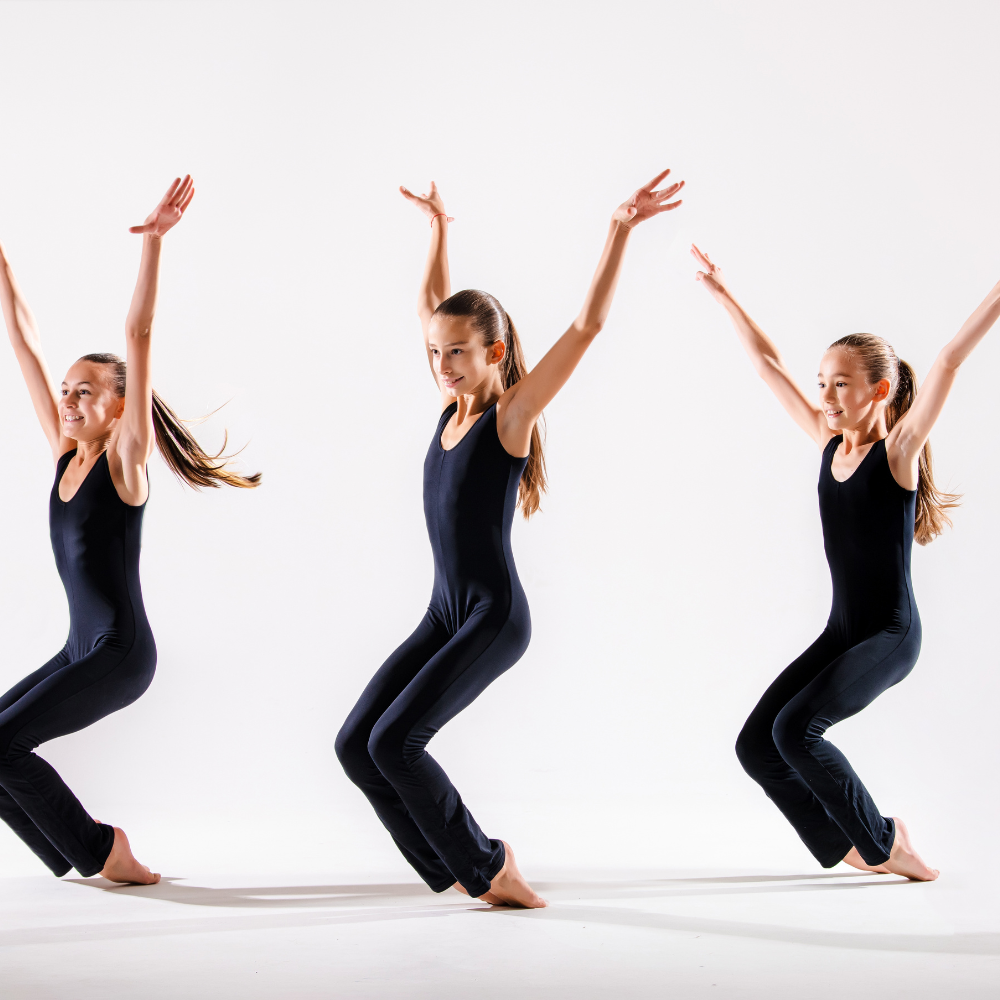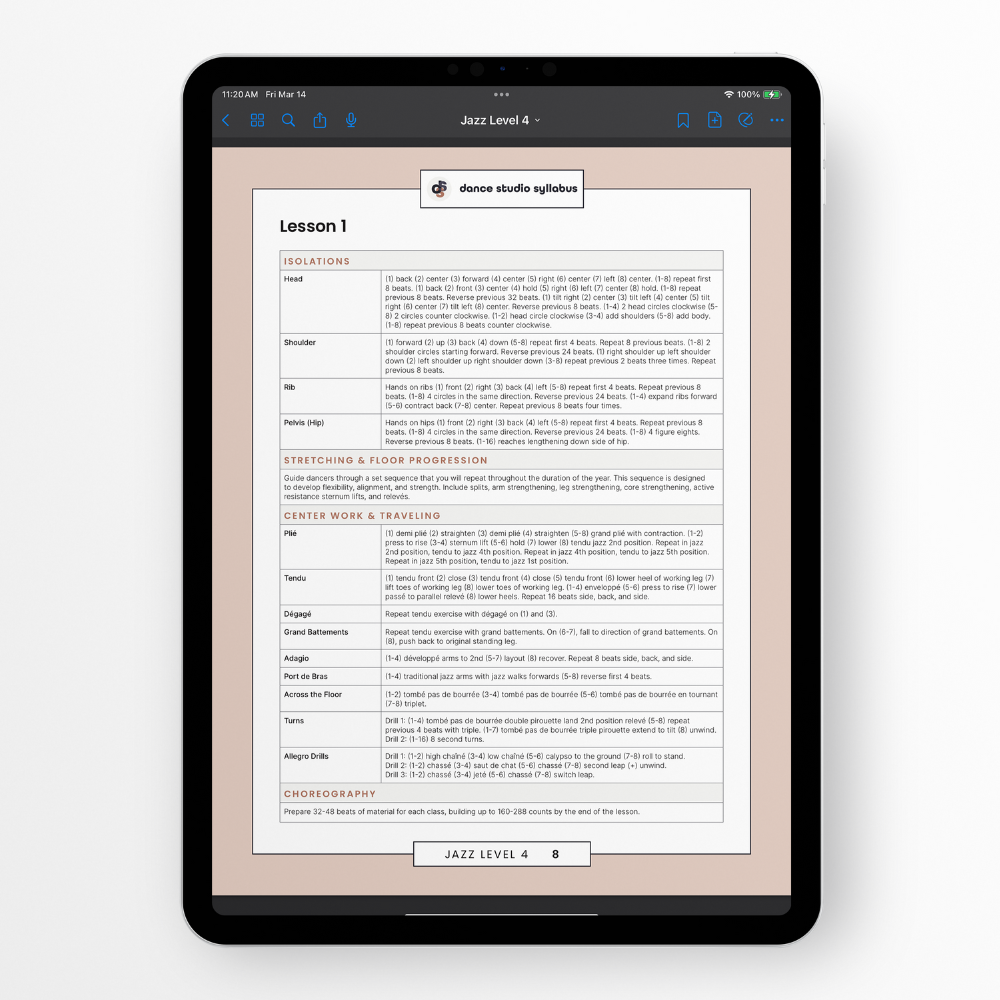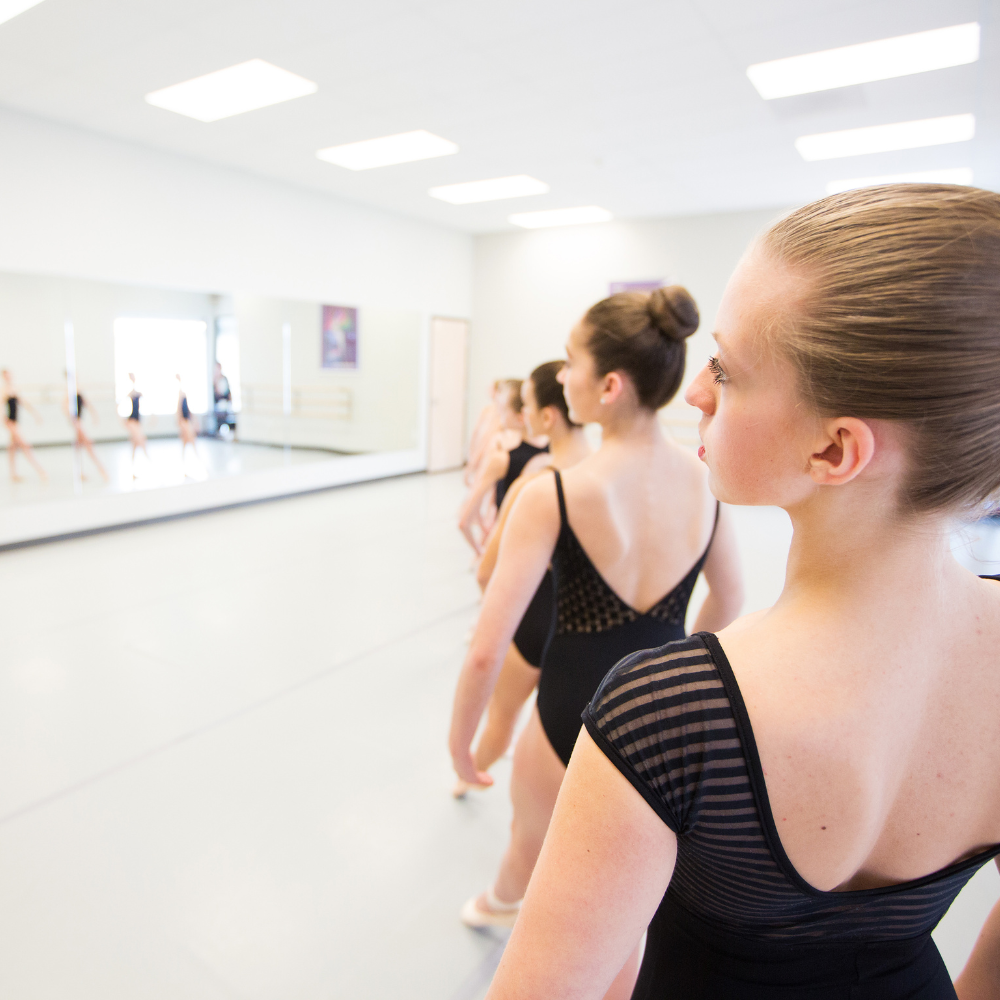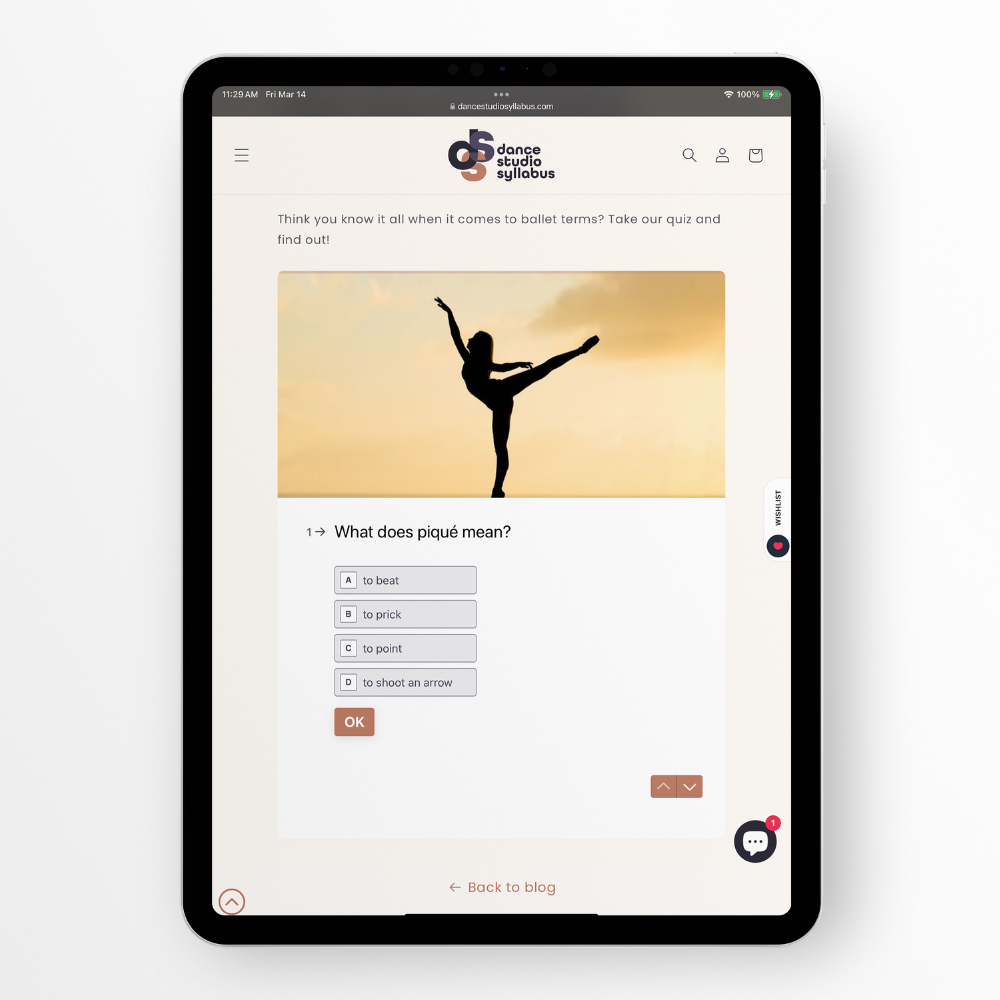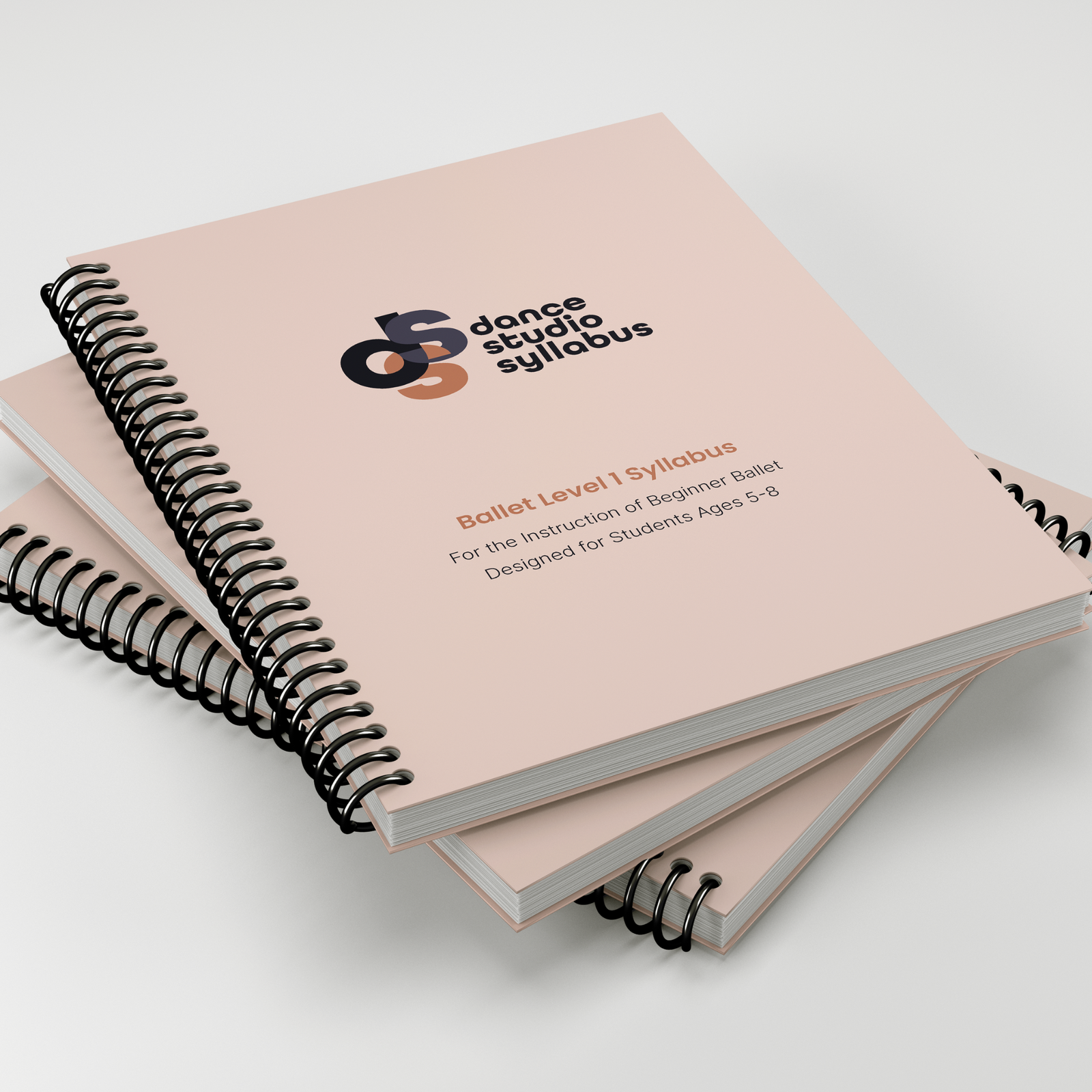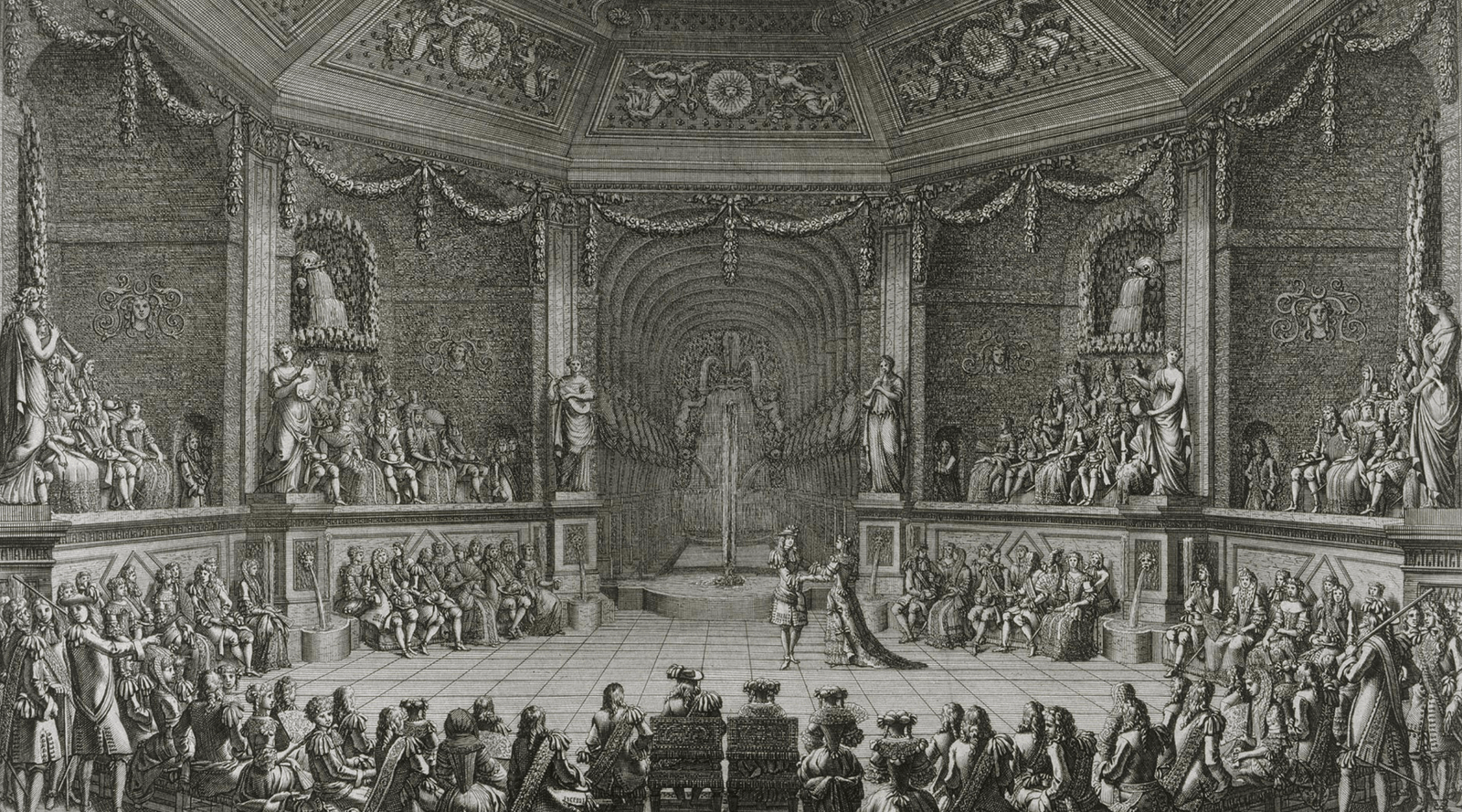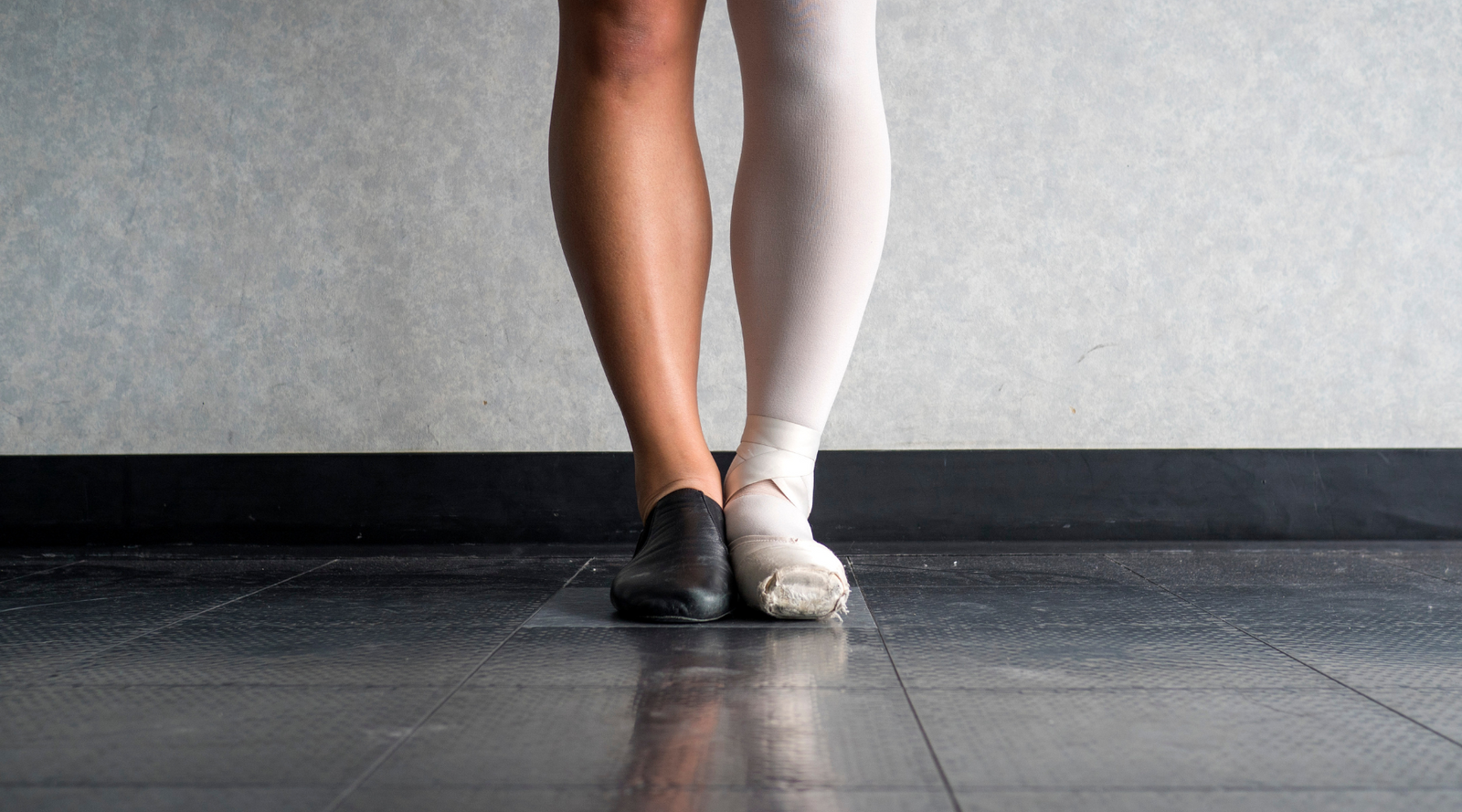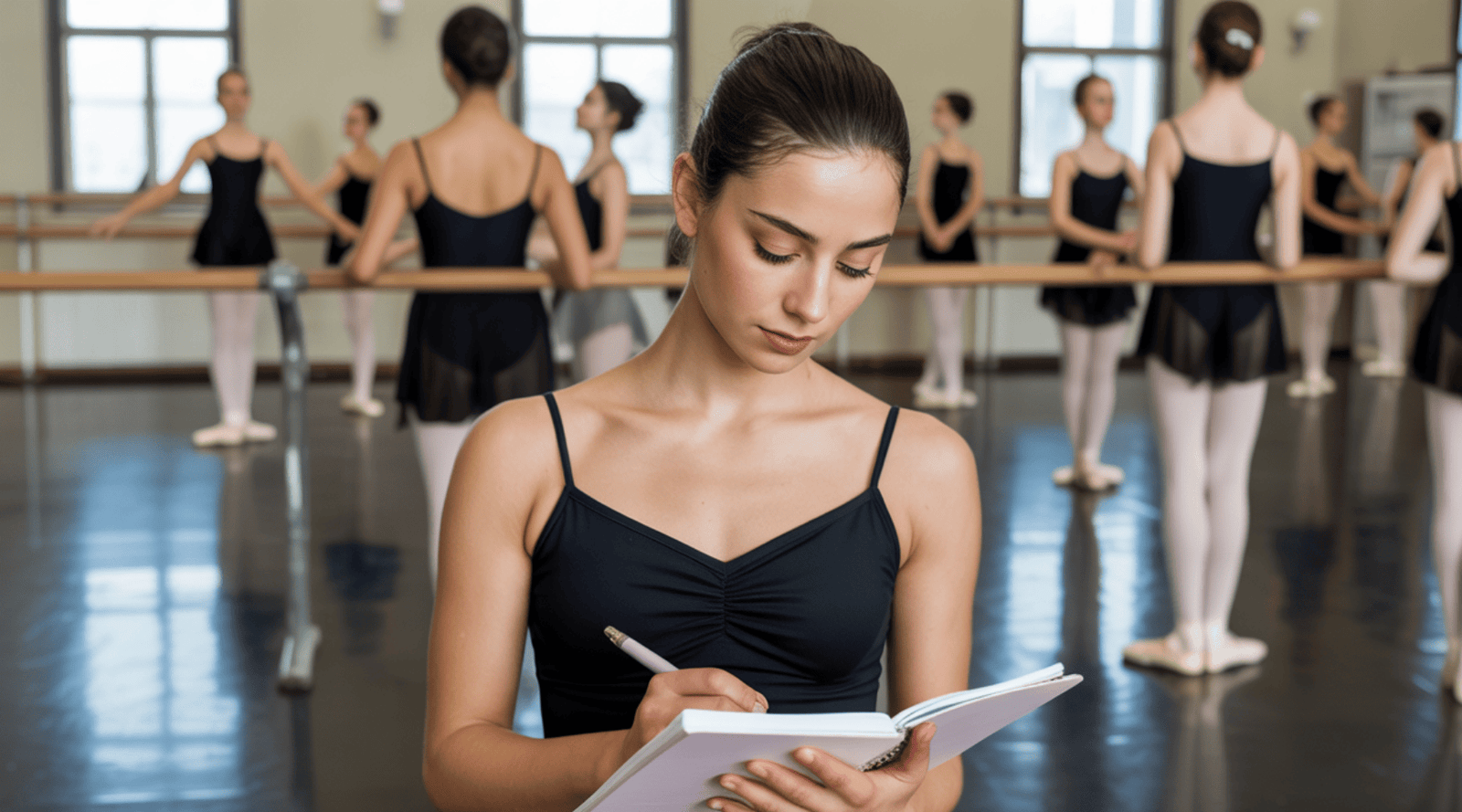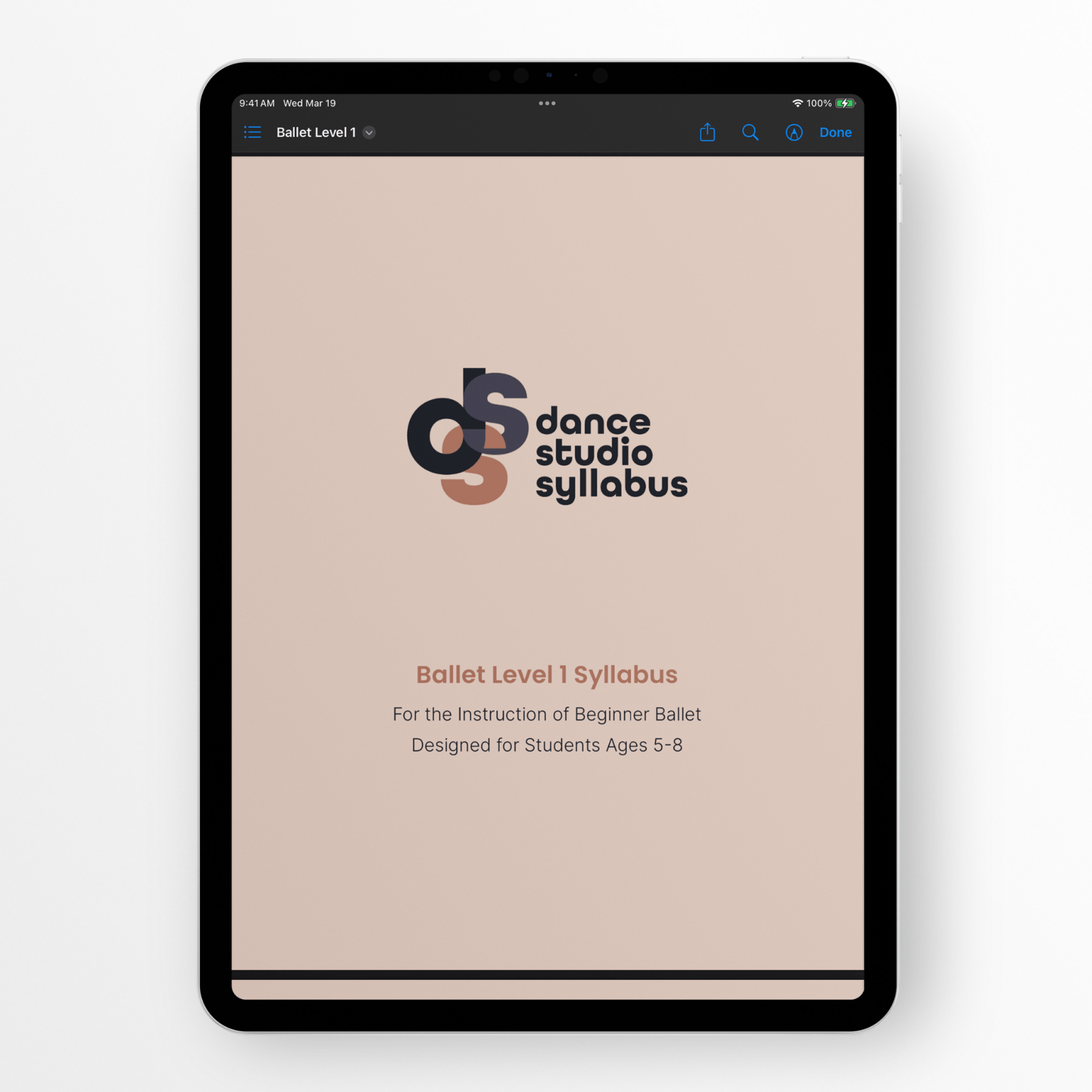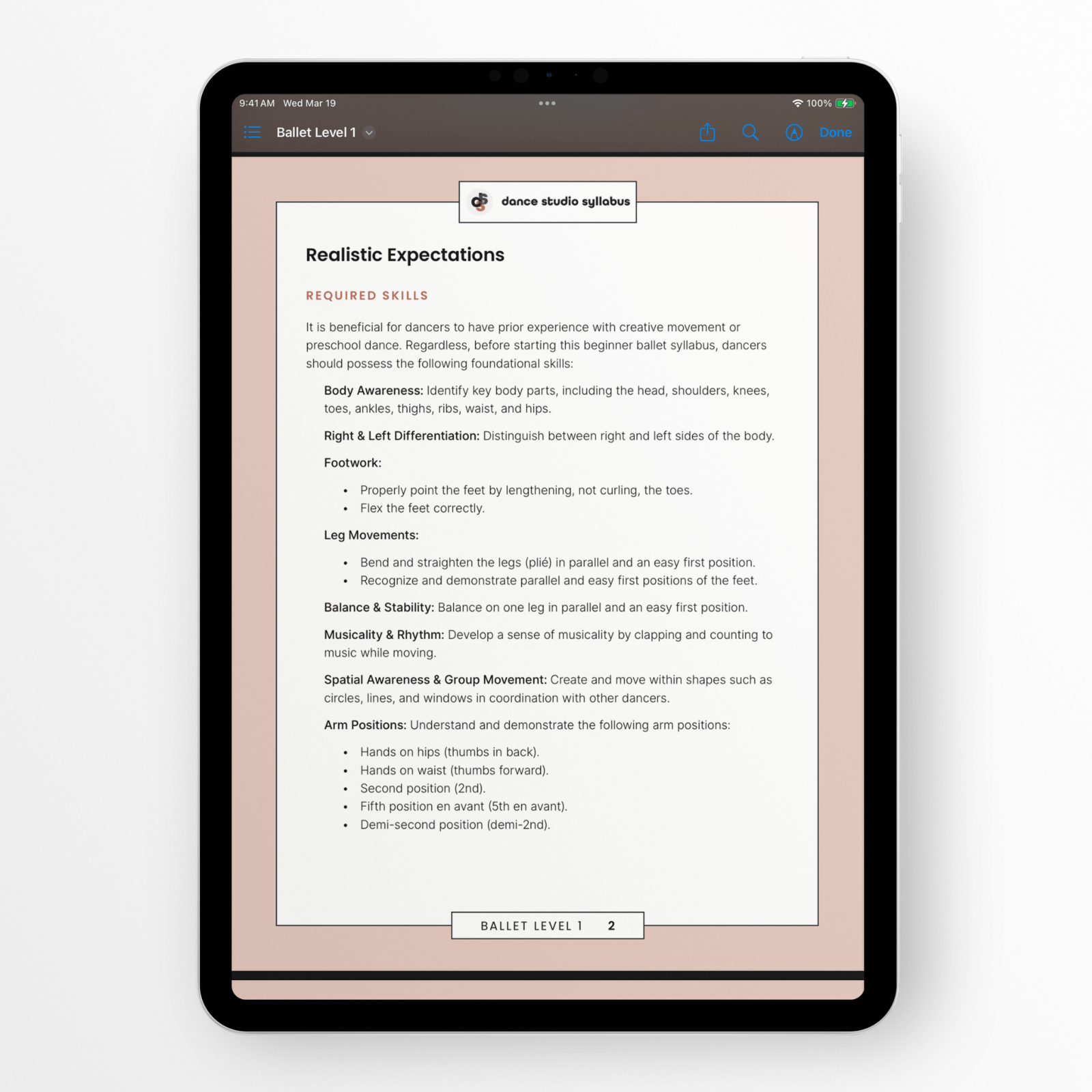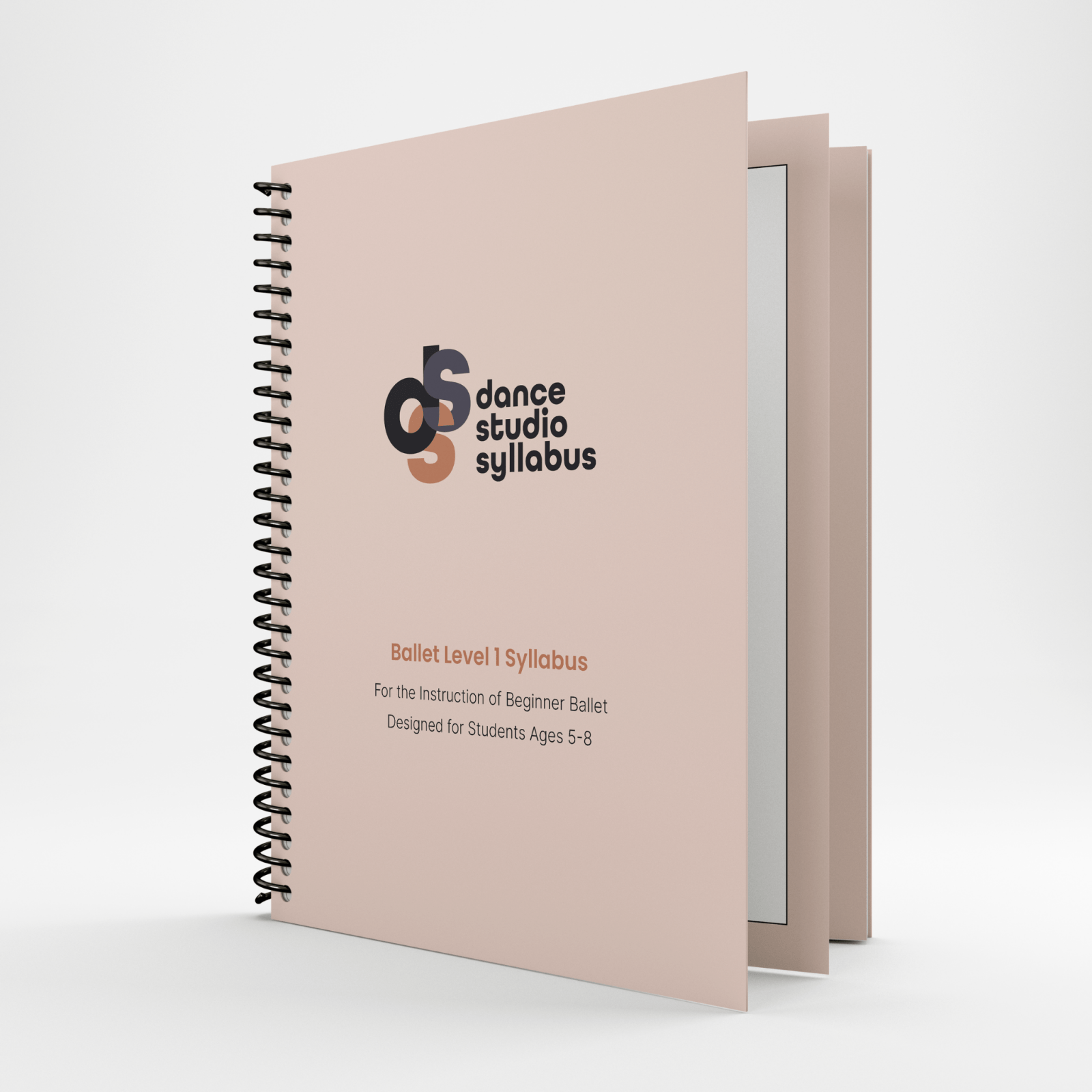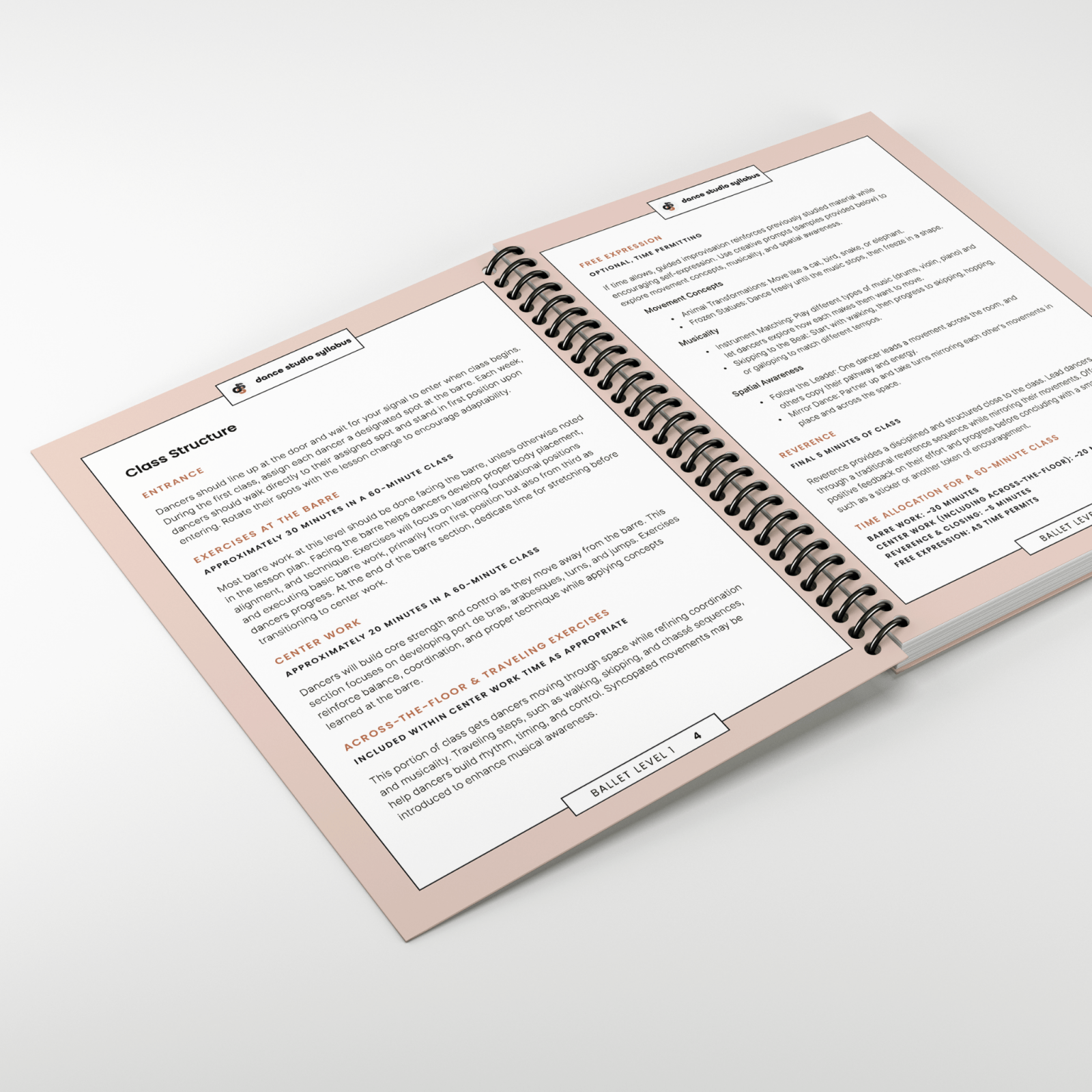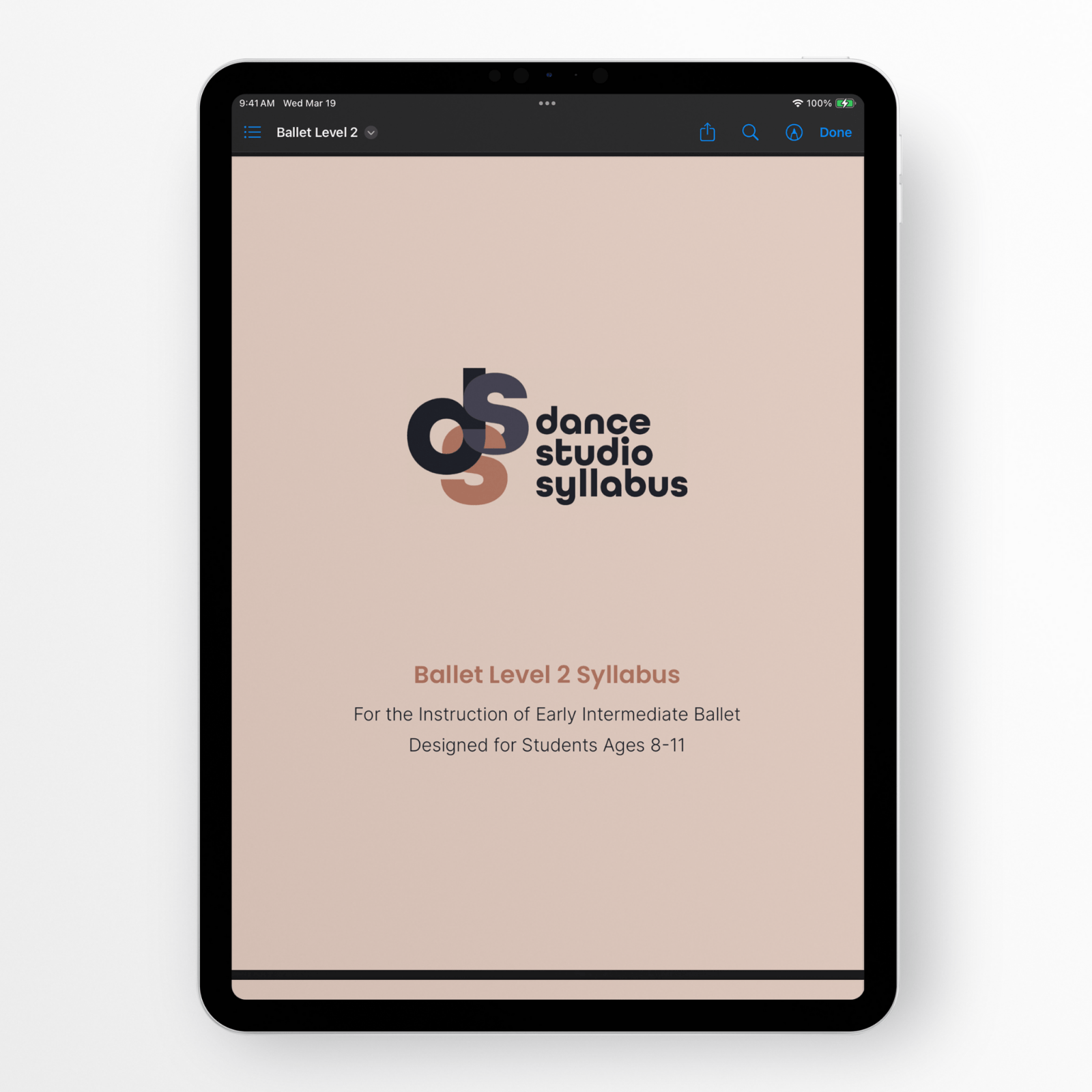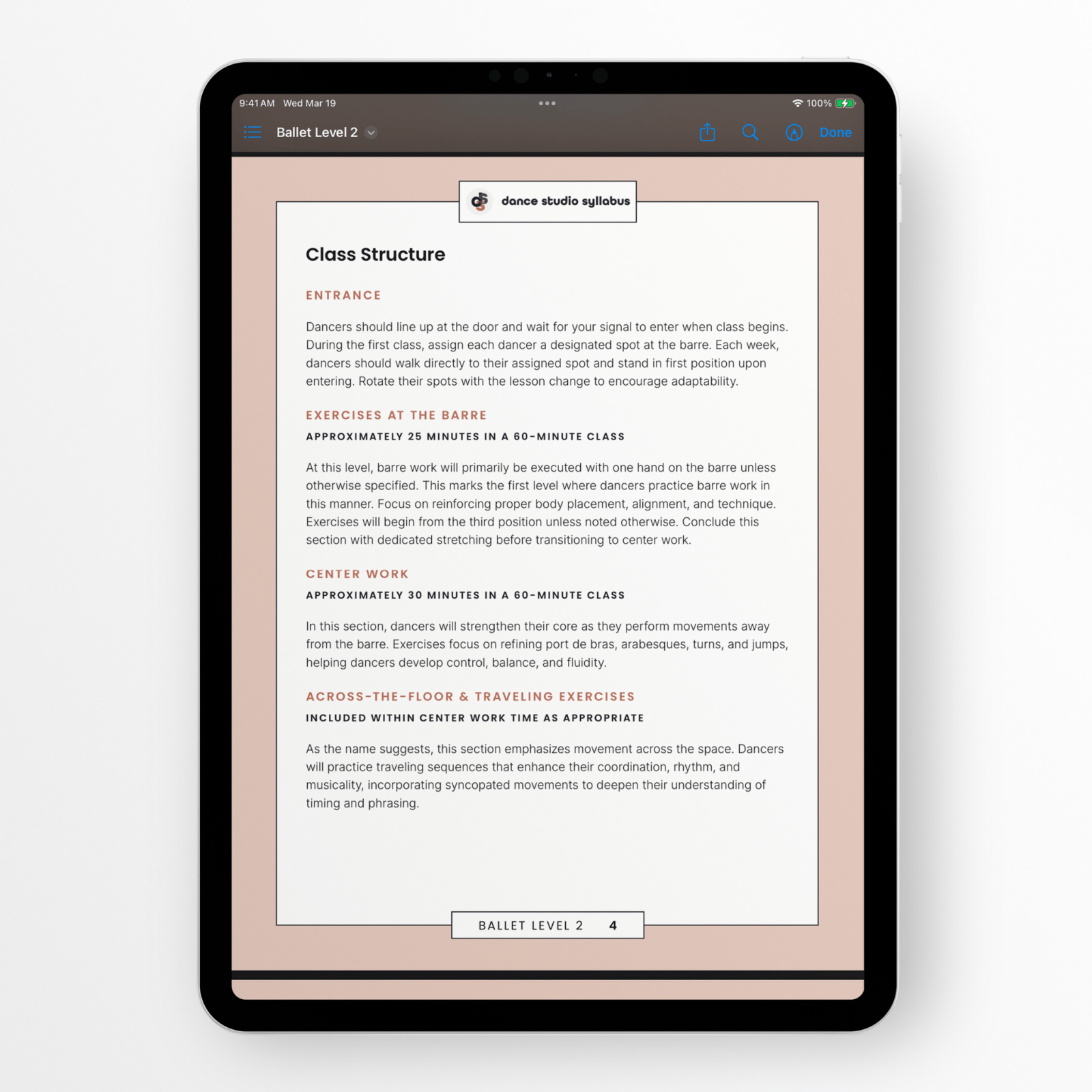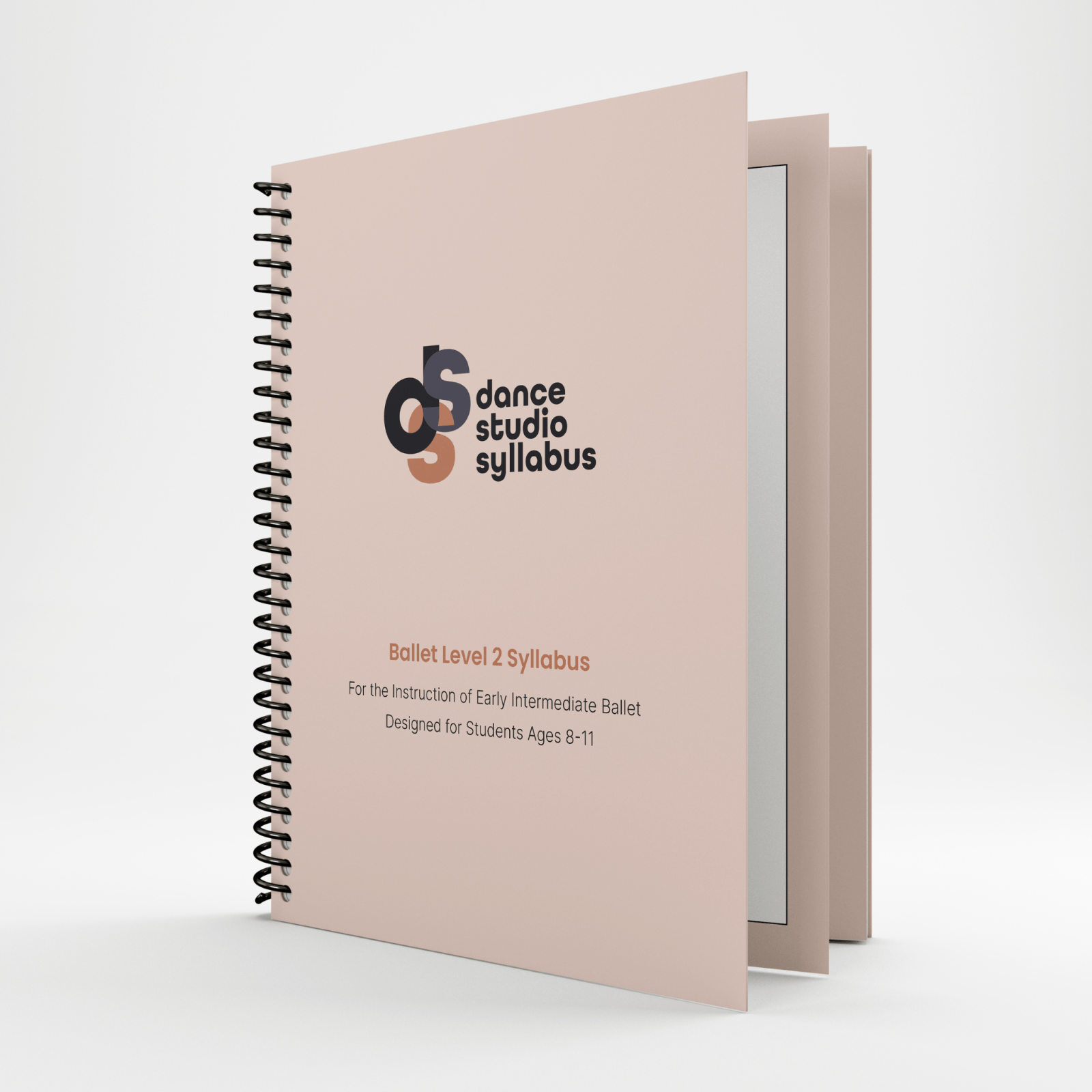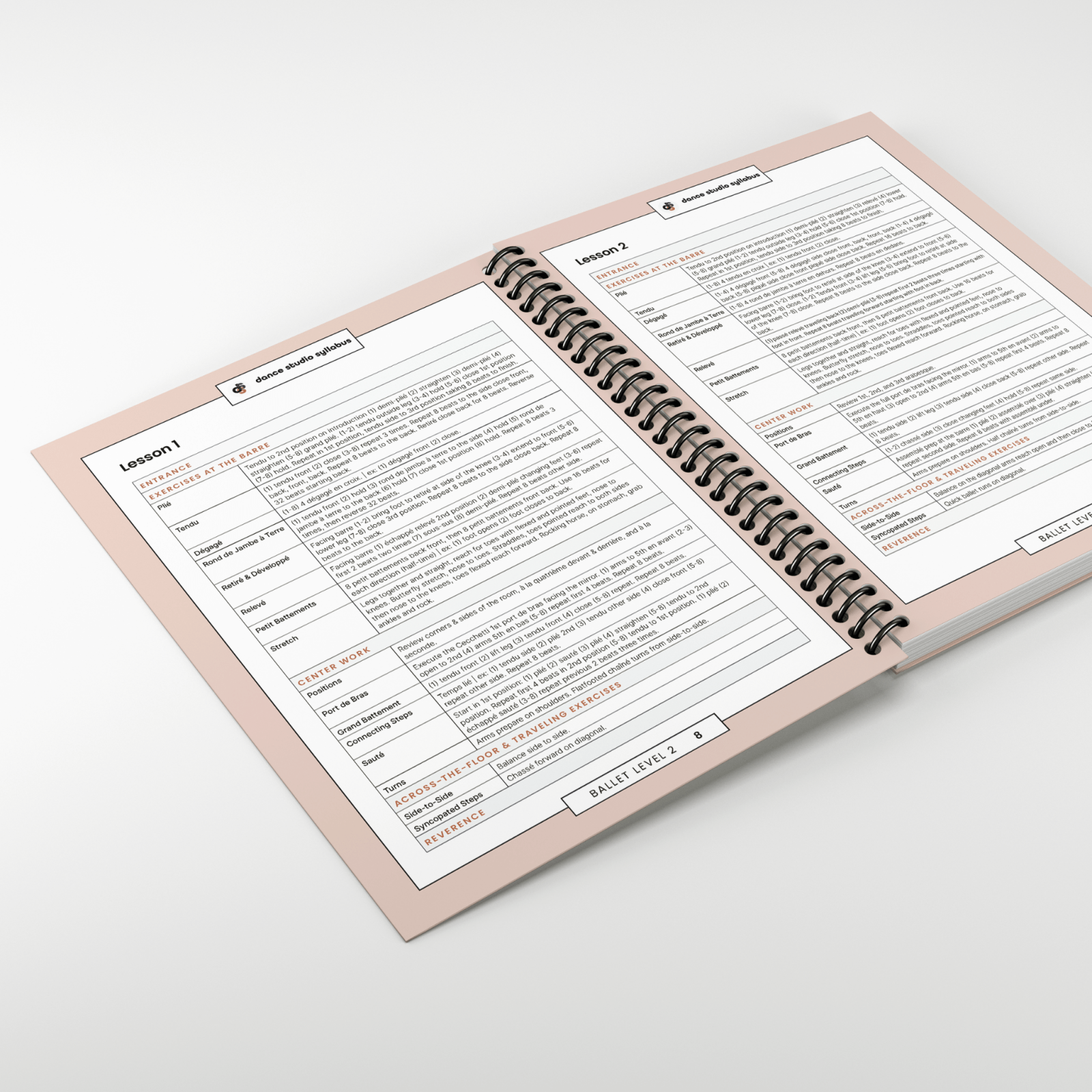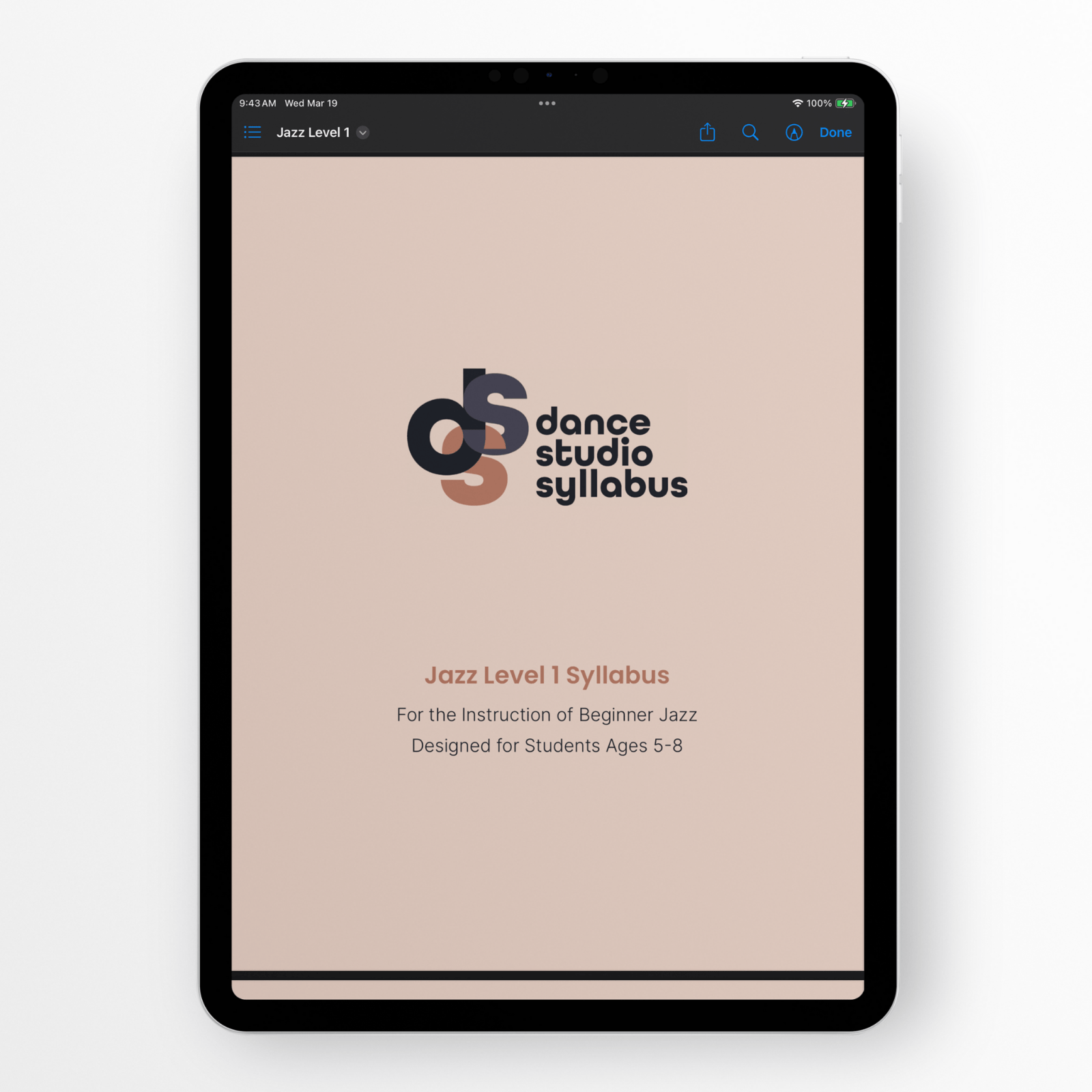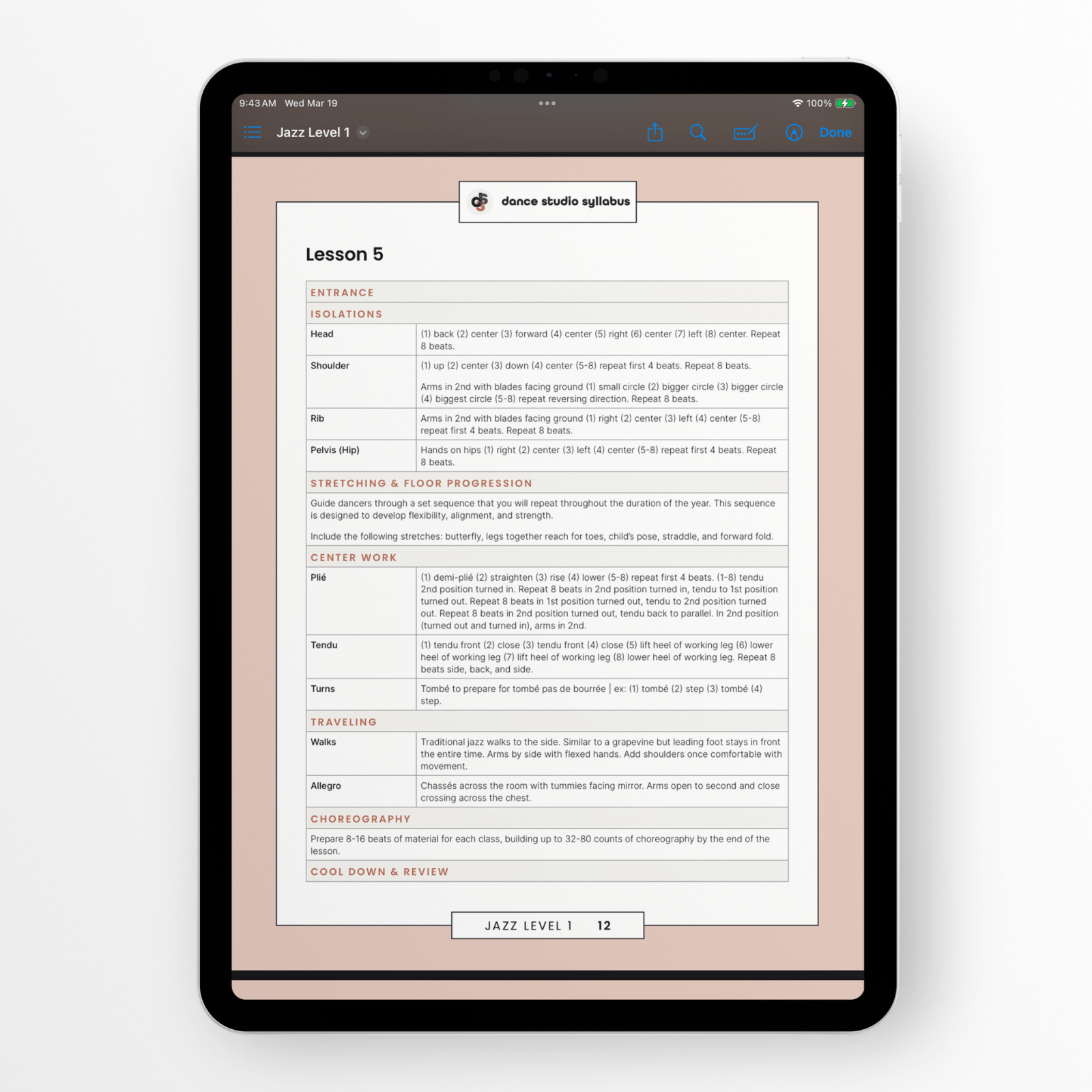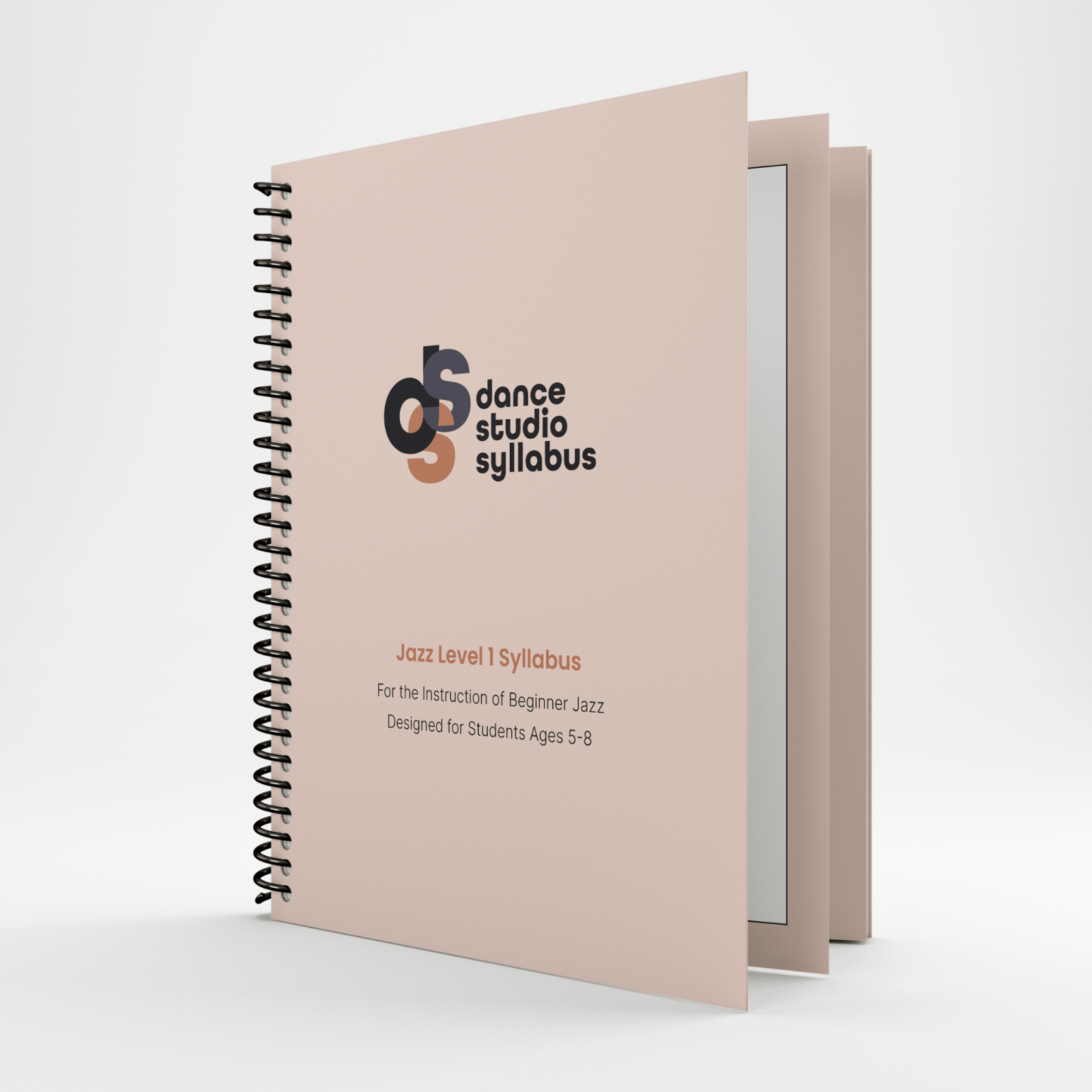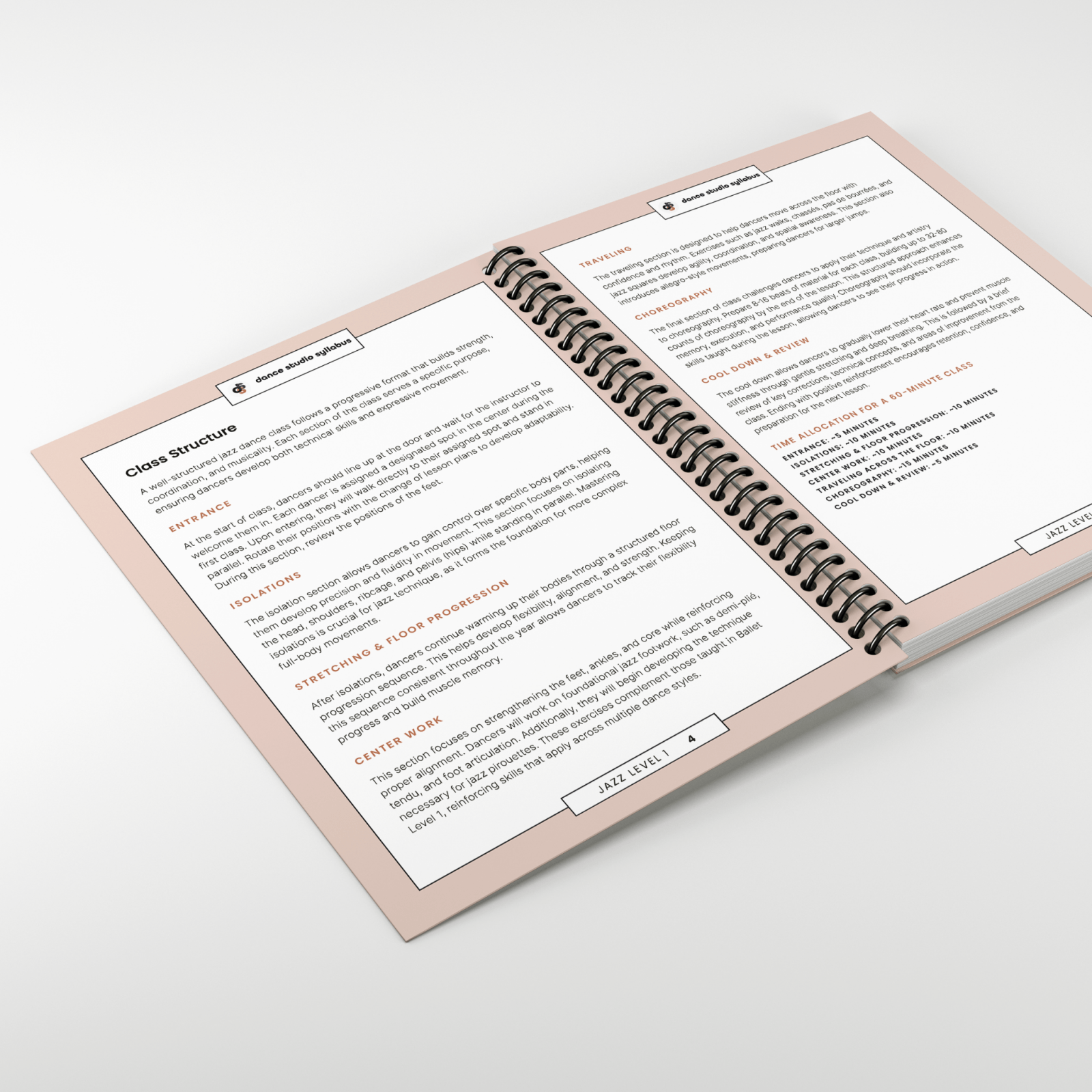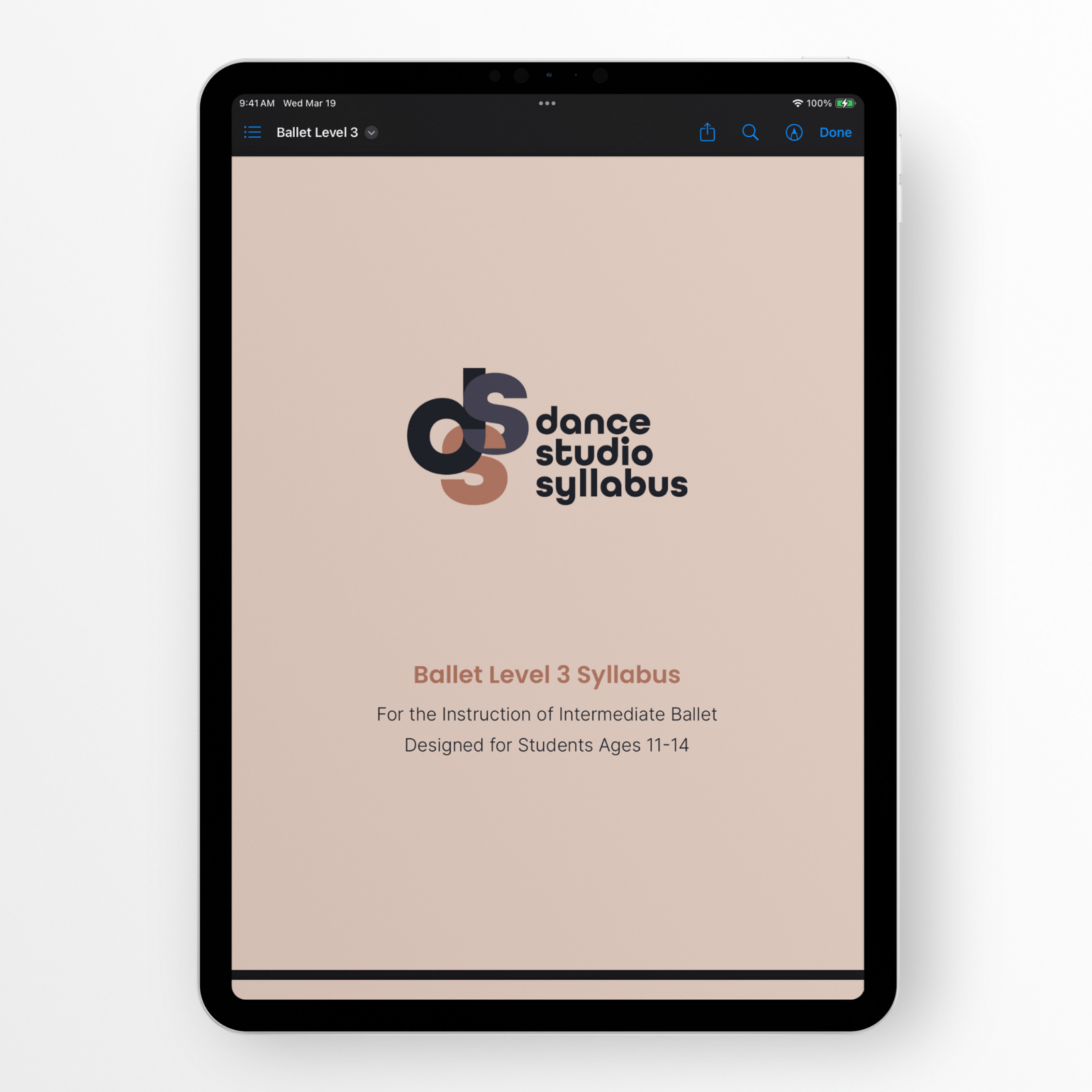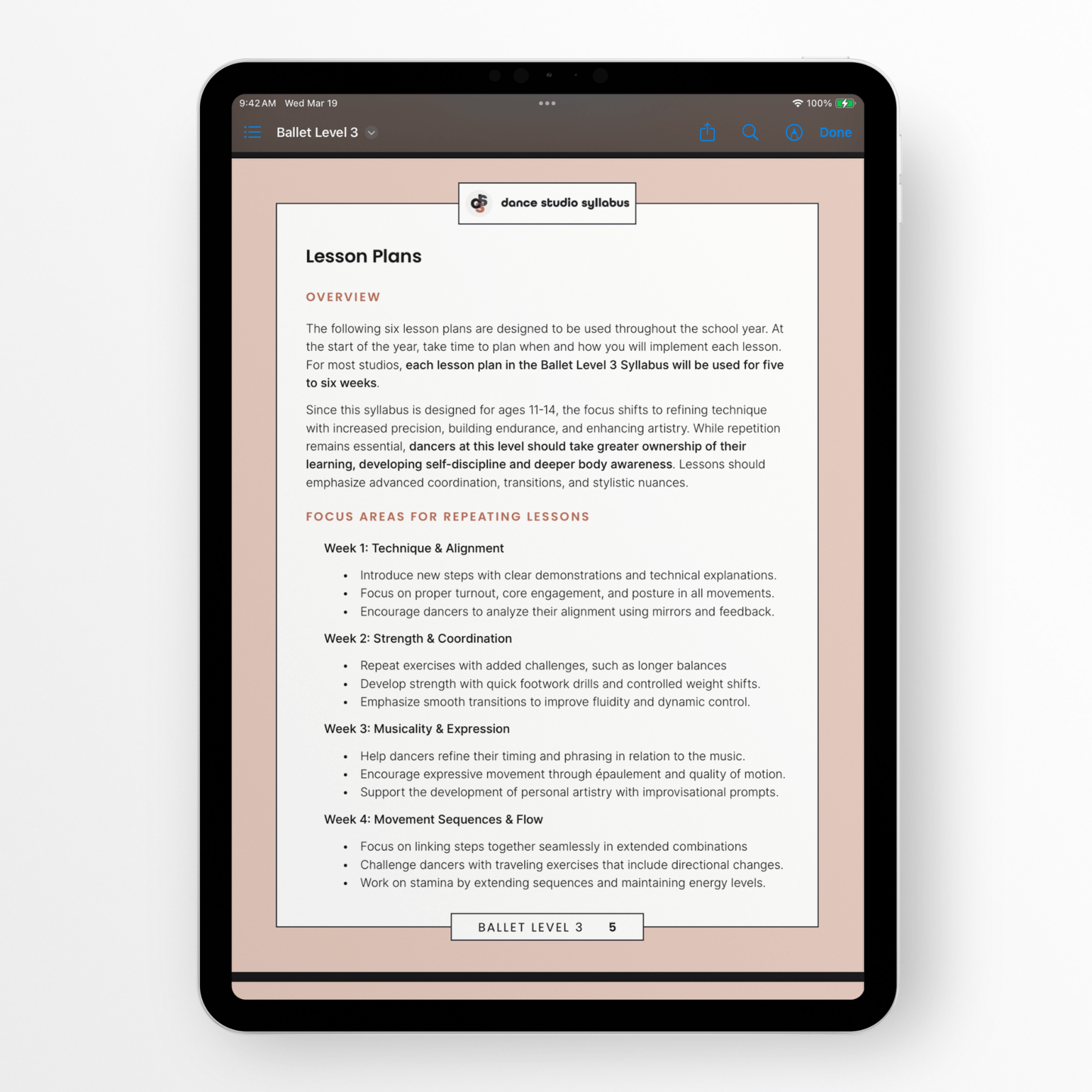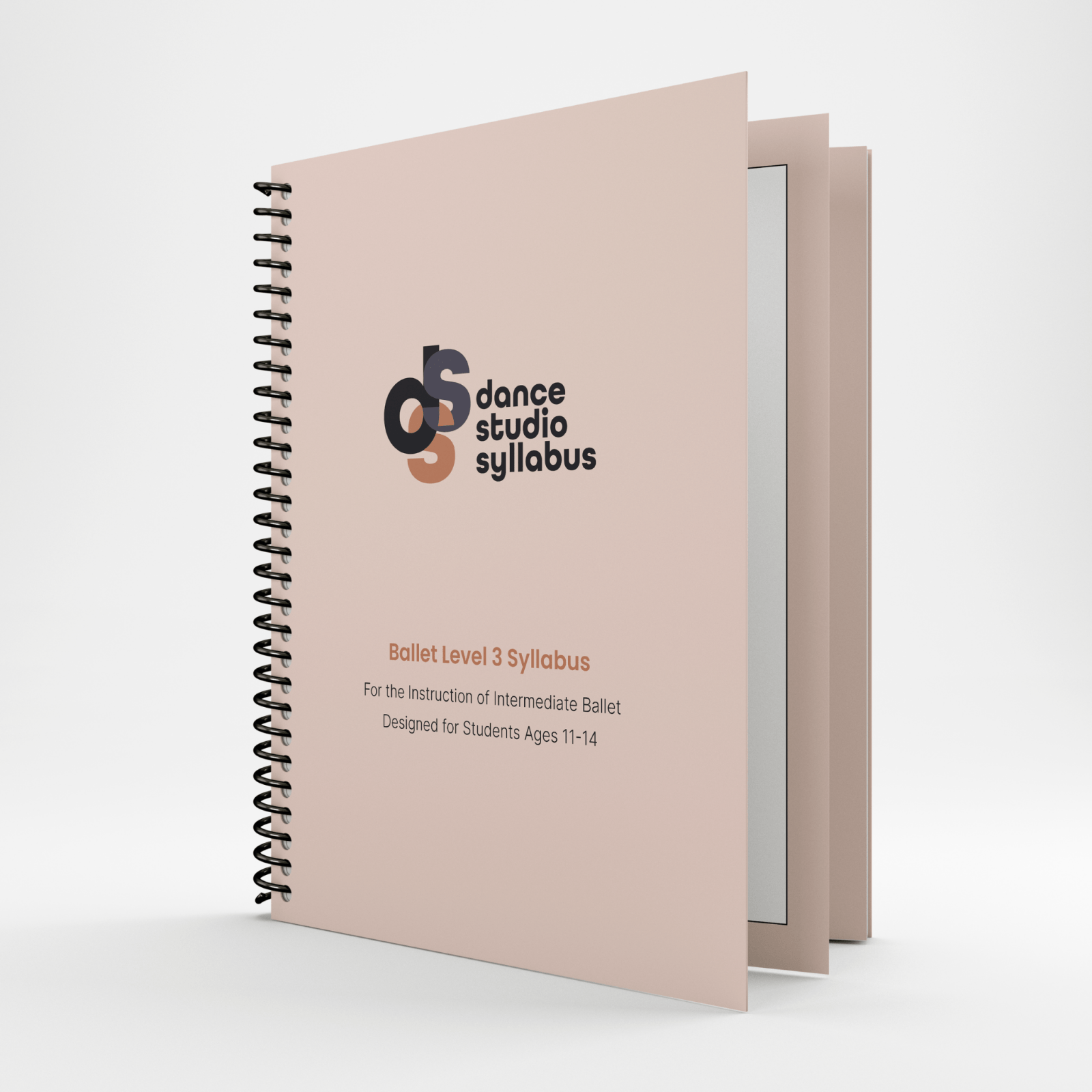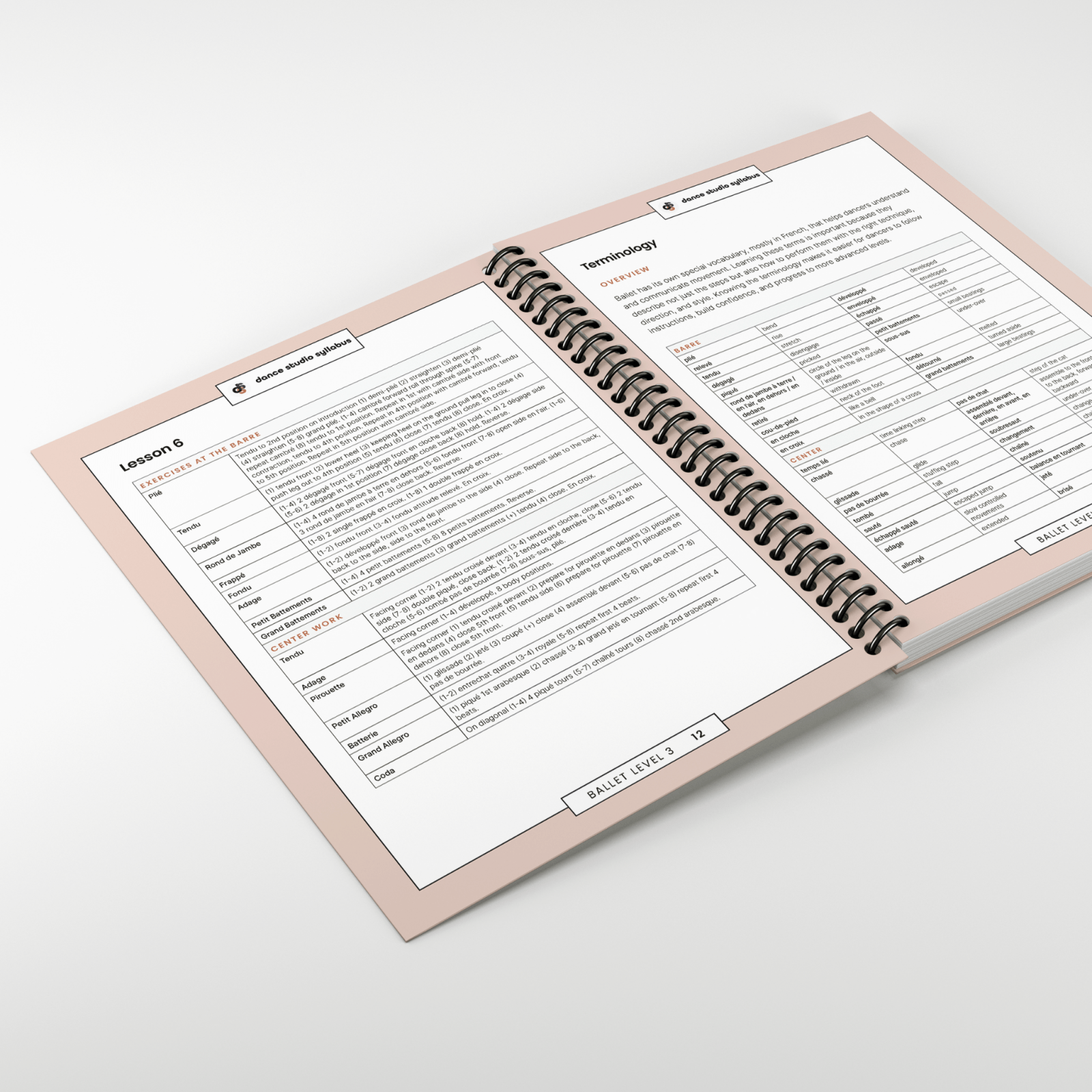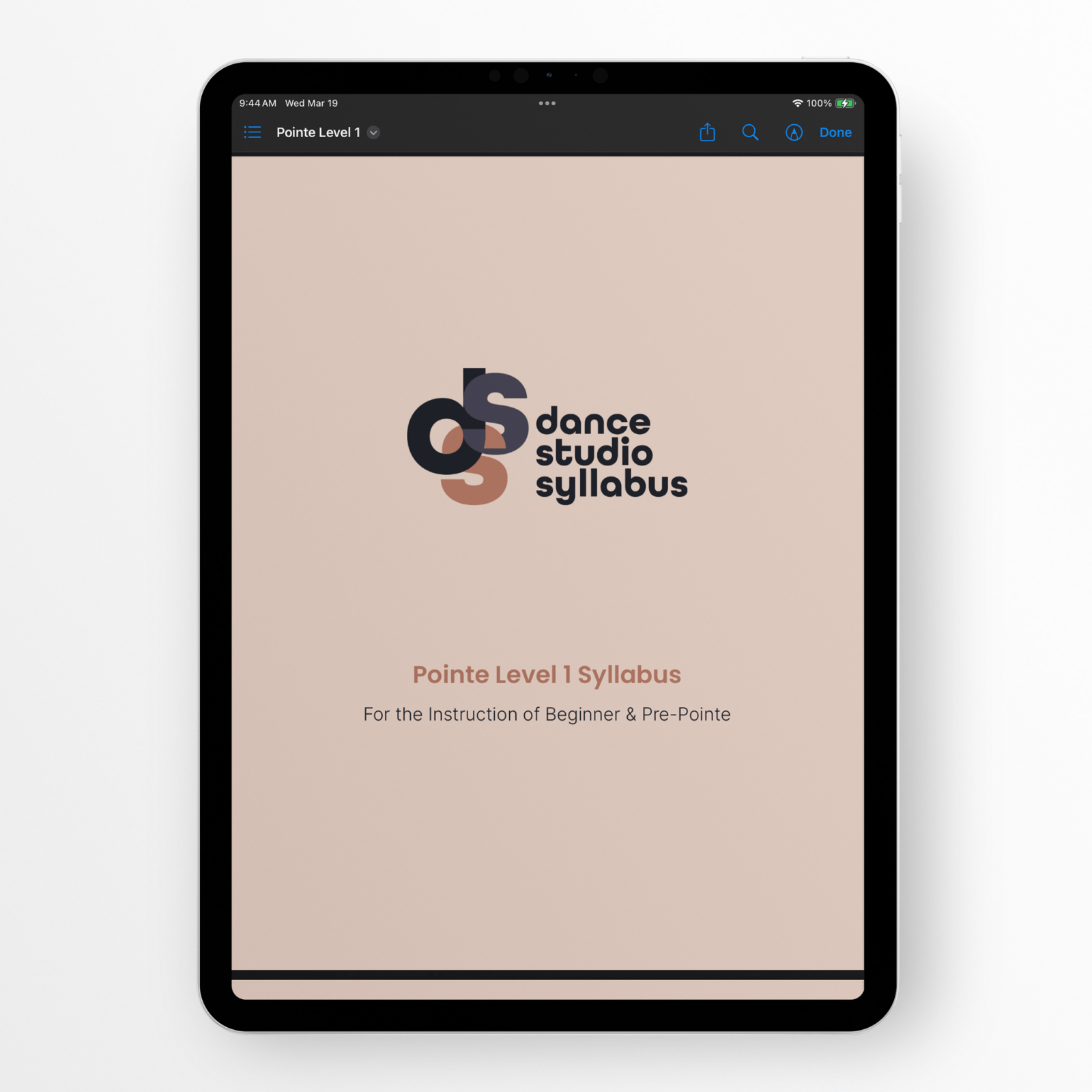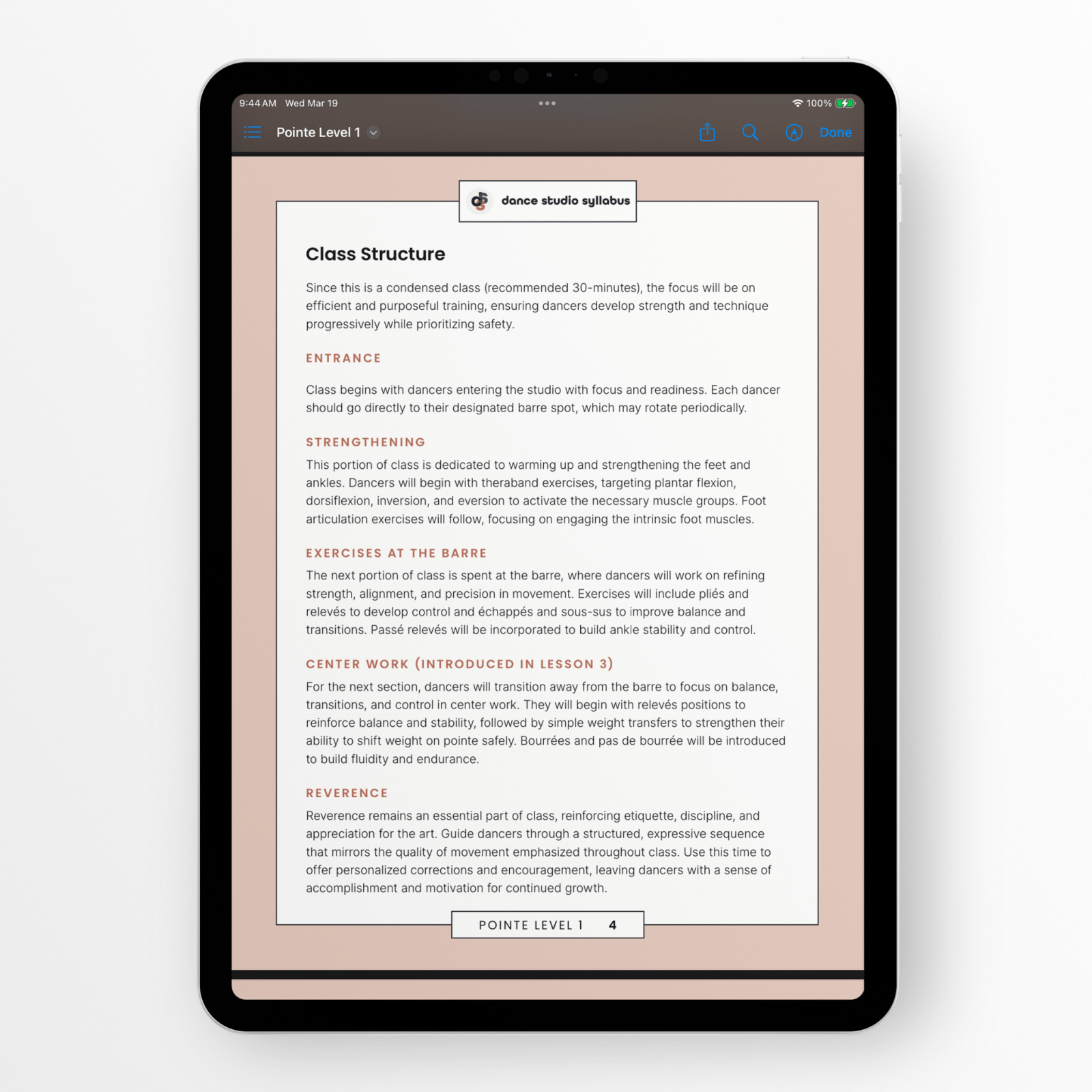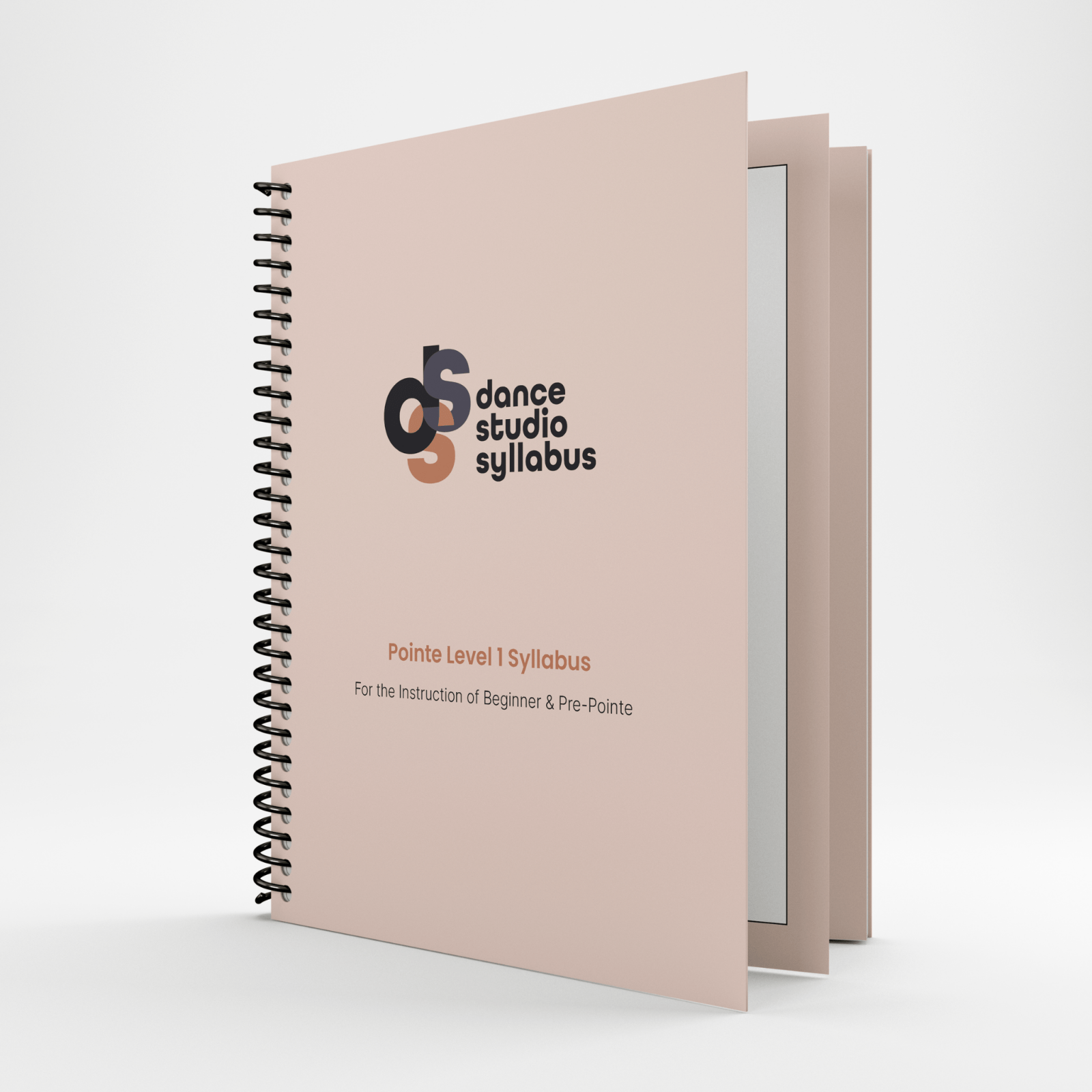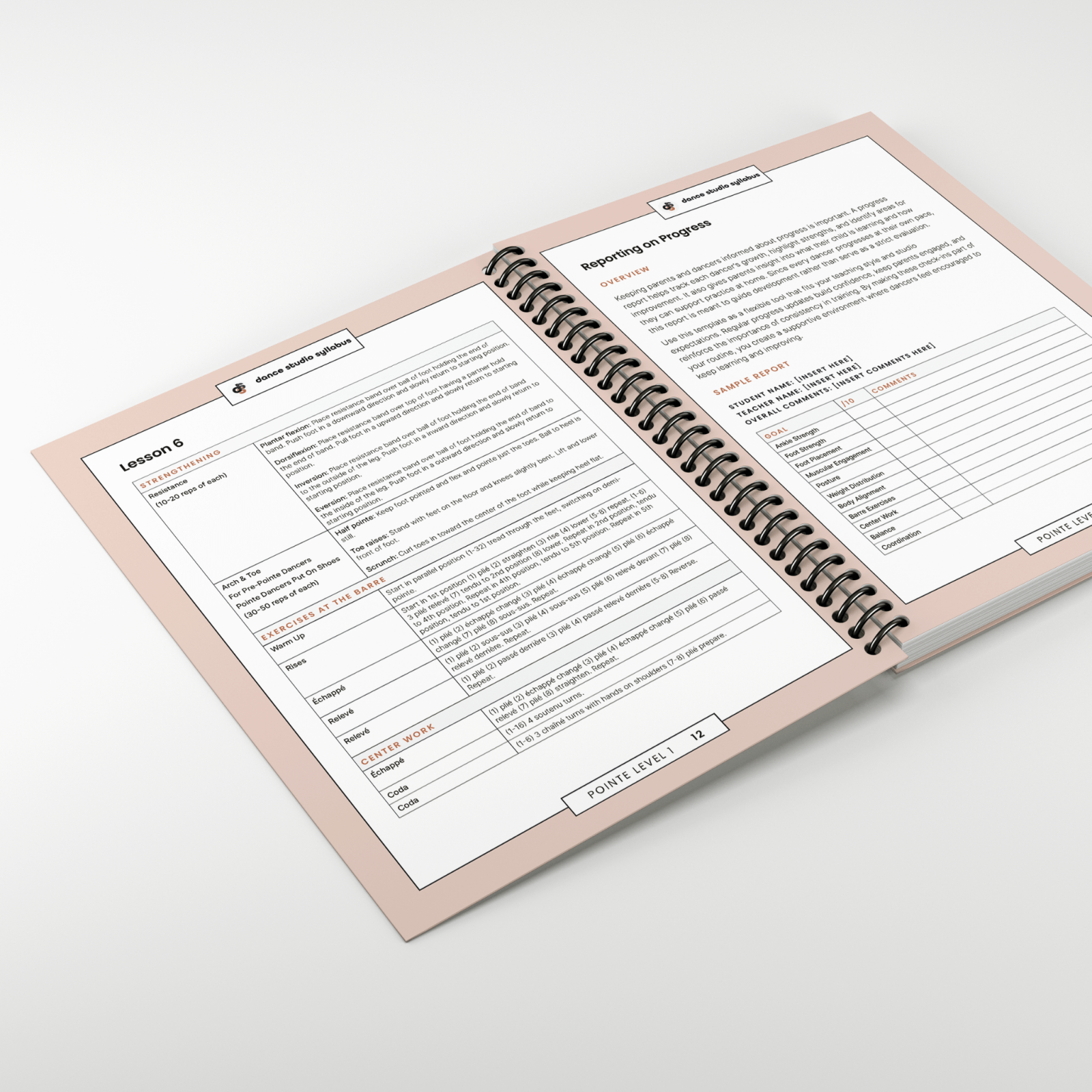Dance has been a vital form of expression for centuries, but the structured teaching of dance as we know it today has a rich and fascinating history. Dance curriculums and syllabi—tools that educators now rely on for consistent, progressive instruction—have evolved significantly over time to meet the needs of both teachers and students.
The Origins of Dance Education
The idea of a structured dance curriculum can be traced back to the courts of Renaissance Europe. During the 15th and 16th centuries, dance masters developed formalized techniques and patterns, particularly for court dances like the pavane and galliard. These instructors passed their knowledge orally and through handwritten notes, which were among the earliest examples of syllabi in dance education.
In the 17th century, the rise of ballet as a theatrical art form prompted more detailed documentation. The French court under Louis XIV established the Académie Royale de Danse in 1661, where choreographers began codifying steps and creating notations—a precursor to modern ballet syllabi.
Dance Curriculums in the 19th and 20th Centuries
The 19th century saw the globalization of ballet and the rise of national dance schools, each with its own syllabus. The Russian Vaganova method, the Italian Cecchetti method, and the French school are just a few examples of systems that emerged to train dancers consistently and effectively. These methods introduced graded levels, with specific skills and techniques outlined for each stage of a dancer’s progression.
By the early 20th century, dance expanded beyond ballet to include modern, jazz, and other styles. With this diversity, educators began creating more flexible curriculums to address the needs of varied dance forms. Organizations like the Royal Academy of Dance (RAD) and the Imperial Society of Teachers of Dancing (ISTD) formalized comprehensive syllabi that combined theory, technique, and artistry.
The Role of Dance Syllabi Today
Modern dance curriculums and syllabi serve as indispensable tools for educators, providing:
- Consistency: A roadmap for teaching foundational to advanced skills.
- Progression: Structured levels that ensure dancers build on previous knowledge.
- Adaptability: Materials that cater to different teaching environments, from large studios to independent instructors.
Today, dance syllabi have gone digital, making them more accessible than ever. With downloadable resources, video tutorials, and online platforms, dance educators can easily integrate these tools into their teaching. The emphasis has also shifted toward holistic learning, incorporating somatic principles and age-appropriate progressions to prioritize dancer health and longevity.
Why Dance Curriculums Matter
A well-designed dance curriculum empowers teachers to deliver consistent, high-quality instruction while fostering the technical and artistic growth of their students. It ensures that dancers progress safely and effectively, preparing them for a lifetime of movement.
At Dance Studio Syllabus, we’re proud to continue this legacy by offering comprehensive, progressive materials that blend the elegance of classical ballet with the energy of jazz. Our modern approach reflects centuries of evolution in dance education, helping studios and instructors worldwide inspire the next generation of dancers.
Looking Ahead
As dance evolves, so too will the tools that support its teaching. By understanding the history of dance curriculums and syllabi, we can better appreciate their importance in shaping confident, capable dancers.
Ready to elevate your teaching? Explore Dance Studio Syllabus today and join a tradition of excellence that spans centuries.
